Familia Torres top wines including Mas la Plana, Milmanda, Mas de la Rosa, Grans Muralles and Reserva Real. The Antología Miguel Torres wine collection captures the pure essence of Familia Torres and represents the harmonious union between nature and the savoir-faire of Their winemakers. This range comprises our most emblematic wines, selected for their exceptional provenance and the exclusivity of the winemaking process.
Time Travel in a Bottle: Torres' Ancestral Variety Recovery Program, which started in the 1980s to recover extinct Catalan grape varieties, doesn't just preserve old grapes - it's resurrecting flavors lost to time. They're literally bringing extinct tastes back from the dead, offering wine experiences no one else on Earth can replicate.
Historical Terroir: Clos Ancestral is produced from vineyards with over 2,000 years of winemaking history. The wine's primary vineyard, Castell de la Bleda, is categorized as a Cultural Asset of National Interest and stands on the remains of a medieval castle, with viticultural vestiges dating back to Iberian, Roman, and medieval times.
Connection with starry heavens: The Celeste range is produced from vineyards located at nearly 900 meters above sea level, which provides optimal conditions for grape ripening. The vineyard is located in the highest zone of the DO, where the vines and the starry heavens seem to share a magical connection.
Market Leader: Torres Celeste is recognized as one of the best-selling wines in the Ribera del Duero region.
Pioneering Product: Torres Natureo Syrah is notable for being Spain’s first-ever de-alcoholized red wine. This innovation positions it as a leader in the growing market for alcohol-free wines, appealing to consumers looking for healthier options without sacrificing the wine experience. Torres created a purely physical processes to gently extract the alcohol while maintaining the wine's delicate aromas and flavors.
Health-Conscious Toasting: Non-alcoholic wines allow individuals to participate in toasting at social occasions without compromising their health, maintaining the rich flavors of traditional wines. With up to 70% fewer calories and potential heart health benefits, these options cater to those mindful of their well-being.
A Growing Market: The global non-alcoholic wine market is experiencing significant growth, with an estimated value of US$2.57 billion in 2024 and a projected value of US$6.94 billion by 2034. This trend reflects increasing consumer interest in health and wellness, as well as a desire for alternatives to traditional alcoholic beverages.
Born on the Mediterranean coast in 1976 and inspired by the color of the sea, Viña Esmeralda is seduction and elegance with a feminine and contemporary soul, floral textures and extraordinary flavor. The perfect companion for incomparable moments. Wherever you are, Viña Esmeralda takes you where you want to be with glamour, style and freshness.
In 2005, the Torres family decided to open a winery in the town of Labastida, in the very heart of the Rioja Alavesa region. Torres was well aware of the region's winegrowing potential, which allows for the production of high-quality wines that display remarkable personality and mature beautifully. Altos Ibéricos takes its name from Alto Otero, a beautiful place where the winery is situated in the town of Labastida, north of the Iberian Peninsula.
Premium Winery: Sangre de Toro is produced by Miguel Torres, a brand known for its commitment to quality in winemaking, ensuring that each bottle reflects the excellence expected from this prestigious name.
Ambassador of the Spanish Lifestyle: Sangre de Toro is enjoyed in over 100 countries, with annual sales exceeding 1,000,000 cases. This widespread popularity underscores its status as a leading Spanish wine brand.
Commitment to Quality: Sangre de Toro, Torres' flagship wine, was first bottled in 1954 and has become a symbol of quality and authenticity. Crafted from native Spanish grape varieties Garnacha and Cariñena, the winemaking process involves traditional methods, with the wine aged for six months in French and American oak barrels, creating a wine that is both unique and approacable.
Legacy of Excellence: Since the 1930s, the Cazes family has built a legacy of quality and innovation at Château Lynch-Bages. Under Jean-Michel Cazes, the estate gained international acclaim, celebrated as one of Pauillac’s finest and earning accolades such as Wine Spectator's Wine of the Year "Jean-Michel Cazes led his family's Château Lynch Bages into the 21st century, and Bordeaux along with it."
Global Pioneer: Jean-Michel Cazes revolutionized Bordeaux’s global presence, securing a landmark 1989 deal with Cathay Pacific to feature Château Lynch-Bages in premium service. This visionary move introduced Bordeaux to affluent Asian travelers, boosting sales and laying the foundation for today’s thriving Asian wine market.
Expert-Selected, Globally Celebrated: Michel Lynch wines are chosen by a team of experts known and respected in the world of Grands Crus to ensure a consistently high quality, as a result of which they have earned the trust of thousands of consumers worldwide. The brand is currently distributed in more than 80 countries.
For several centuries, our family has been working the vines with heart and rigour. Founded in 1985, the estate has continued to grow and now has 12 hectares of vines located mainly in the commune of Chassagne-Montrachet, to which are added a few plots in Volnay and Pommard.
Domaine Tollot-Beaut is a leading Burgundy wine estate in Chorey-lès-Beaune, principally producing Pinot Noir with smaller amounts of Chardonnay. It has bottled its own wines since 1921. The estate consists of 24 hectares in four communes, and is known for its high proportion of old vines from Pinot Fin, and also has a reputation for its balanced use of oak, producing extra richness without overt oak flavors.
Domaine Potinet-Ampeau is located in the picturesque village of Monthélie in the Côte de Beaune. Vincent Durrieu, the 5th generation, continues the practice started by his grandparents, of ageing the wines in their cellar, releasing them only when they are ready to drink. As a result, they have a rare treasure trove of back vintages that is nearly impossible to find in Burgundy nowadays.
Potent-Ampeau has 10 hectares planted 50/50 Chardonnay and Pinot Noir and they only bottle what they grow. They have a minimal intervention approach to winemaking. The wines are fermented by indegenous yeast. The whites are pressed hard with a mechanical press, fermented in a barrel with no racking. Vincent believes having substance in the wine protects them from oxidation later on, which explains why their older white vintages do not suffer from premox. For the reds, the grapes are destemmed and fermented in cement tanks with pigeage and remontage for extraction. The reds typically see 20-25% new oak.
Domaine Ponsot is a family-owned estate in Burgundy. Established in 1872 by William Ponsot in Morey-Saint-Denis. His nephew Hippolyte Ponsot took over the estate in 1920 and took the decision to bottle the entire production of the domaine in 1934. This was a very rare practice at the time, making Domaine Ponsot one of the first Burgundies to bottle on their own. In addition, A lawyer by training, Hippolyte Ponsot was one of the founders of the Appellation d'Origine Contrôlée (AOC) classification for Burgundy wines in 1935 and 1936.
The vineyard is currently planted on approximately 11 hectares, and although the winery does not fully agree with the biodynamic method, it manages the vineyard with reference to the lunar cycle. They support a philosophy of minimal interventionism and avoids the use of chemicals in the vineyard. The annual production is an average of 55,000 bottles.
Most of the estate vineyards are in the Grand Cru and Premier Cru, including the famous vineyards as Clos de la Roche, Clos de Vougeot and Corton. But it is also known for its Morey-Saint-Denis 1er Cru Clos des Monts Luisants, the only 1er Cru from 100% Aligoté in Burgundy.
The winery doesn’t have a sorting table and the selection of the bunches is done in the vineyard. The grapes are pressed into juice and fermented naturally in oak barrels, then mature in oak barrels. Since 1998, there has been no fined, filtration or addition of Sulphur dioxide.
Domaine Pierre-Olivier Garcia was established in 2016 by friends Pierre-Olivier Garcia and Mathieu Moron. Mathieu has now left the business and Pierre-Olivier continues the domaine located in the centre of Nuits Saint Georges.
Pierre-Olivier owns a few parcels of vines and he buys from like-minded growers that farm sustainably. Pierre-Olivier believes that vineyard health is synonymous with a balanced ecosystem which explains the chickens used to graze their vineyards. They use horses when they can afford to.
The conscientious production extends to the winery with indigenous yeast fermentations, minimal new oak and no fining or filtration in order to bottle, as close as possible, what each vineyard produced. The wines are fermented in stainless steel tanks before they descend into their cool cellar to go through malolactic fermentation in French oak barrels.
Domaine Jacques Cacheux is a small family run domaine located in Vosne-Romanee that was established in 1890. They have 7 hectares of vines in Vosne Romanee farmed sustainably. Patrice Cacheux makes the wines and they have a soft and gentle quality much like Patrice himself.
Domaine Robert Chevillon is a producer of high-end Pinot Noir wines in the Burgundy commune of Nuit-Saint-Georges, which is rated as one star by Clive Coates.
Domaine Robert Chevillon story starts in the beginning of the 20th Century by Symphorien Chevillon who started working approximately thirty acres of vines at Nuits-Saint-Georges in his own name. The domaine have developed ever since, each generation adding additional Premier Cru vineyards to their portfolio, the most significant was Robert Chevillon since the early 1960s. In 1990 his two sons Denis and Bertrand (5thgeneration of the Chevillon family) joint their father which carries his name and since Robert’s retirement in 2003 they manage the domaine.
Domaine Chevillon owns almost 13 hectares of vineyards, which has parcels in eight premier cru sites in Nuit-Saint-Georges. The domaine is known for having older vines (over 80 years old) in three of its premier cru vineyards, Les Cailles, Les Vaucrains and Les Saint-Georges, some more than 75 years old. The vineyard is run according to lutte raisonée. They harvest by hand and sorting by hand is also essential.
The wine making is traditional, with 100% destemming, cold maceration followed by slow fermentation with indigenous yeast, and spend 15-18 months in oak, 25-30% of which is new (for the premiere crus). They are then bottled by gravity. The final result is structured, fruity, elegant, fine and complex wines, made for long ageing but also accessible relatively early.
Domaine Trapet is located in the famous village of Gevrey-Chambertin in Burgundy, with long history. jean-Louis Trapet, the current ownerhas been practicing biodynamics since 1995 and obtained the biodynamic certifications of both Biodivin and Demeter in 1998 and2005.It is worth mentioning that Domaine Trapet now also has 2hectares of vineyards in the Alsace, This is because lean-Louis’wife Andr é e inherited the family’s winery in Alsace in 2002, and the couple has been working together since then, Manage vineyards located in two appellations.
The estate vineyard area is 18,5 hectares, of which 2.1 hectares are located in CÃte de Beaune ,and the remaining is distributed in Gevrey-Chambertin and Marsannay, including three Grand Cru, Le Chambertin (1.9 heetares), Latriciè res-Chambertin and Chapelle-Chambertin plots. Deep concentrated wines from these Grand Crus are the flagship wines, and they also produce premium wines from three Premier Crus and two Village wines.
Jean-Louis pays great attention to maintaining the terroir of the vineyards, doesn’t overemphasize the concentrated in taste and intensity, and seldom involves new oak barrels, resulting in wines of elegance and purity without losing their greates, and Domaine Trapet has been rated as a three-star by the French wine magazine (RVF).
Domaine Fourrier has a history of more than four generations of family inheritance in the Gevrey-Chambertin village of Burgundy, established by Mr. Fernand Pernot between the 1930s and 1940s, and has now been passed down to the fifth generation. With vineyards in Morey-Saint-Denis, Chambolle-Musigny, and Vougeot, totaling 9 hectares, most of which are in Gevrey-Chambertin. Today, Domaine Fourrier is an undisputed top cult winery in Burgundy.
The vineyards of the estate are mostly old vines over 50 years old, with the best Griotte-Chambertin Grand Cru vineyard having a vine age of 88 years, and the super first growth Clos Saint Jacques having century-old vines planted in 1910. Both the wine master Jancis Robinson and Burgundy expert Clive Coates consider this to be one of the most outstanding vineyards in Gevrey-Chambertin.
Respecting terroir and adopting a "low intervention" approach is the winery's philosophy. They practice 100% destemming, and use only 20% new oak barrels for both the highest level Grand Cru and village-level wines. No barrel changes are made during the entire barrel aging period. The carbon dioxide produced by malolactic fermentation provides excellent antioxidant effects, which also makes it possible to avoid adding sulfur dioxide.
Since 2013, the winery has established a "négociant" business, which means purchasing grapes for vinification, but in fact, these vineyards are also entirely cared for by Jean-Marie, equivalent to renting land. This new "négociant wine" includes: Chambertin Grand Cru, Mazis-Chambertin Grand Cru, Latricières-Chambertin Grand Cru, Bonnes-Mares Grand Cru, Echezeaux Grand Cru, and the famous first growth Amoureuses.
Meerlust Winery was founded in 1682 and is one of the oldest wineries in South Africa with a winemaking history of over 300 years. Its rich historical heritage adds unique charm to the winery. Since 1756, the winery has gone through 8 generations of heirs. This family inheritance has ensured the continuity of the winery's winemaking concepts and techniques, enabling the winery to consistently commit itself to brewing high-quality wines.
The Rubicon series is the flagship product of Meerlust Winery and also one of the flagship products of South African wines in general. This Bordeaux-style wine has a powerful and elegant body. Its rich fruit aroma, complex taste and long aftertaste are truly unforgettable, demonstrating the top quality of South African wines. It enjoys a high reputation internationally and has won numerous awards in international wine competitions.
 In 1988, four enterprising men with a common dream embarked on a project which few at the time would have taken on: to make fine wines in Chile.
In 1988, four enterprising men with a common dream embarked on a project which few at the time would have taken on: to make fine wines in Chile.
With precious little capital, but lots of hard work, Viña Montes led a new wave of producers dedicated to producing premium quality wines. Over time, Montes has become one of the best-known Chilean wineries, combining excellence both in winemaking and in management practices relating to their employees and the environment.
Torres family have been winegrowers for 300 years. This contact with nature has taught us to preserve the environment. Inspired by the mythic winged-horse that represents the noble spirit of the Cordillera, who glides over the land below to seek the best soils, Andica is the result of a search for the best Chilean terroirs. This organic wine pays tribute to the diverse and unique landscape of Chile, honoring the country that first welcomed our winemaking vision over 40 years ago.
Unmatched Consistency in Wine Excellence: Familia Torres has been named the #1 Most Admired Wine Brand for 7 of the 14 years the award has existed, and always is ranked within the top 4 every year.
Pioneer of Modern Winemaking in Chile: As one of the first foreign companies to invest in the Chilean wine industry in 1979, Torres Chile brought modern winemaking expertise to the region. For instance, They were also among the first to utilize stainless steel tanks and French oak barrels in their winemaking process.
Organic Production: The winery is a leader in sustainability within the wine industry. It has made significant strides towards organic farming, with 100% of its land officially certified organic according to Chilean, European, American, and Japanese standards. This commitment to organic practices positions Miguel Torres as the third largest exporter of organic wines in Chile.
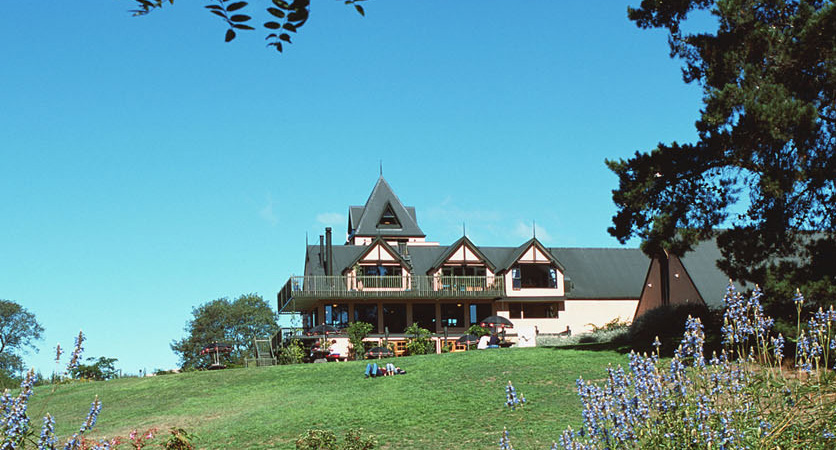
The Donaldson Family have been seriously involved in viticulture and winemaking for over 40 years. Founder Ivan Donaldson planted the first Canterbury vineyard in 1976 and went on to establish Pegasus Bay in 1986 with his wife Christine. It is a true family business with all four of their sons and two spouses involved, managing various aspects. Our aim is to grow grapes of the highest quality, which fully express the features of the vineyard, and to handle these with the utmost respect.
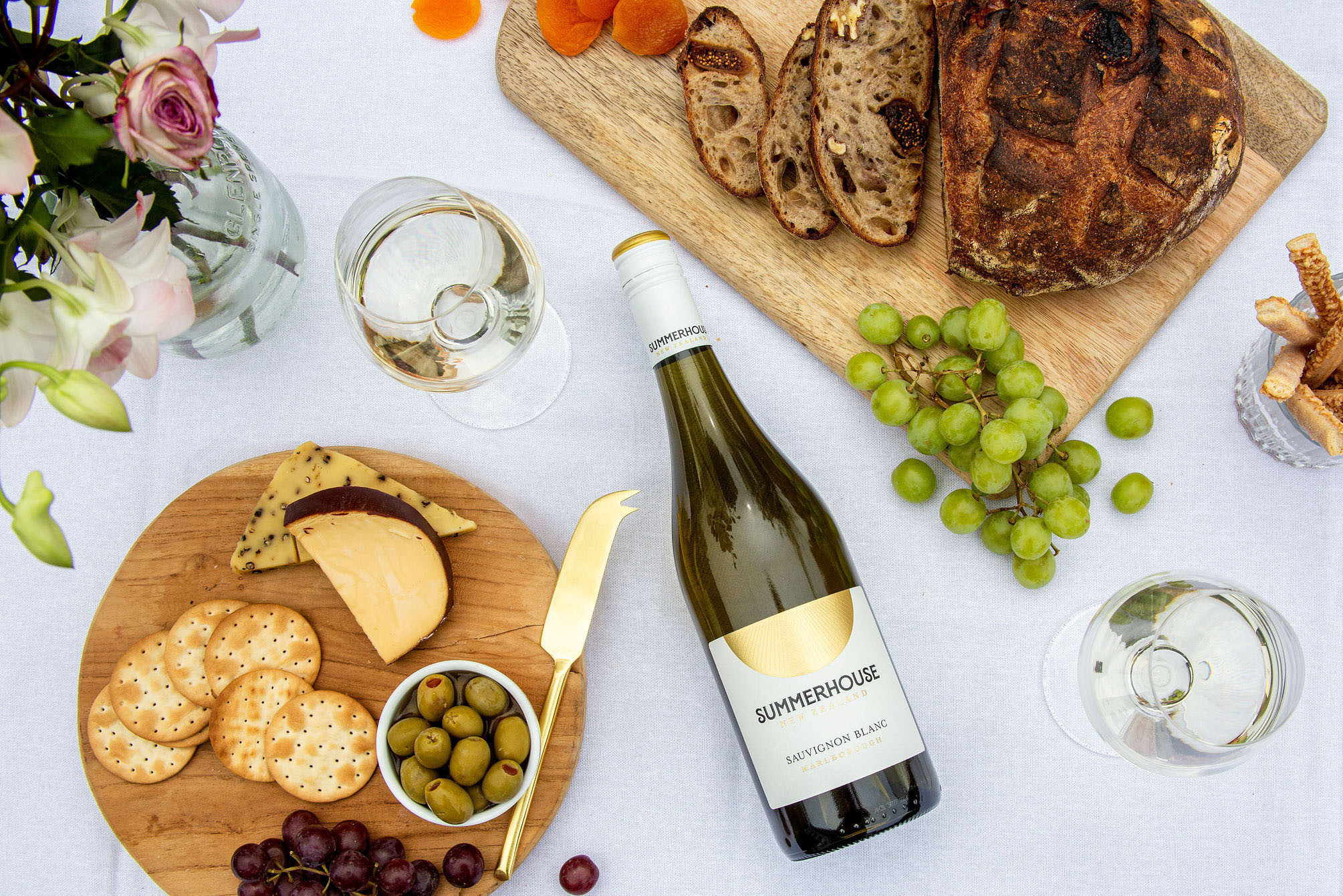
Partner winery of Rapaura Springs - Rapaura Springs is the NUMBER 5 TOP RANKED New Zealand Producer in past 10 years with 91+ points on Wine Spectator ’s Top Marlborough Sauvignon Blanc.
Tagline "Bringing a touch of Summer to everyday": The brand's philosophy revolves around Summerhouse aims to evoke feelings of relaxation, enjoyment, and connection with friends and family. Origin in Marlborough: Summerhouse is produced in the Marlborough region of New Zealand, specifically in the Blind River area, showcasing its terroir and climate. The grapes benefit from long sunshine hours and cool evenings, resulting in intense flavors and vibrant acidity.
New World Wine Awards: Summerhouse Marlborough Sauvignon Blanc 2023 earned a spot in the Top 50 at the New World Wine Awards in 2024.
Blank Market (New Zealand’s #1 online wine community today): "Capturing the best bits of summer in every glass of Summerhouse, so you can enjoy life’s simple pleasures all year round."
Natalie MacLean: Summerhouse 2023 Sauvignon Blanc is produced from sustainably grown grapes sourced from Marlborough, South Island. It is so expressive with feijoa, kiwi, stone fruit and lime-lemon zest flavours electric on the palate.
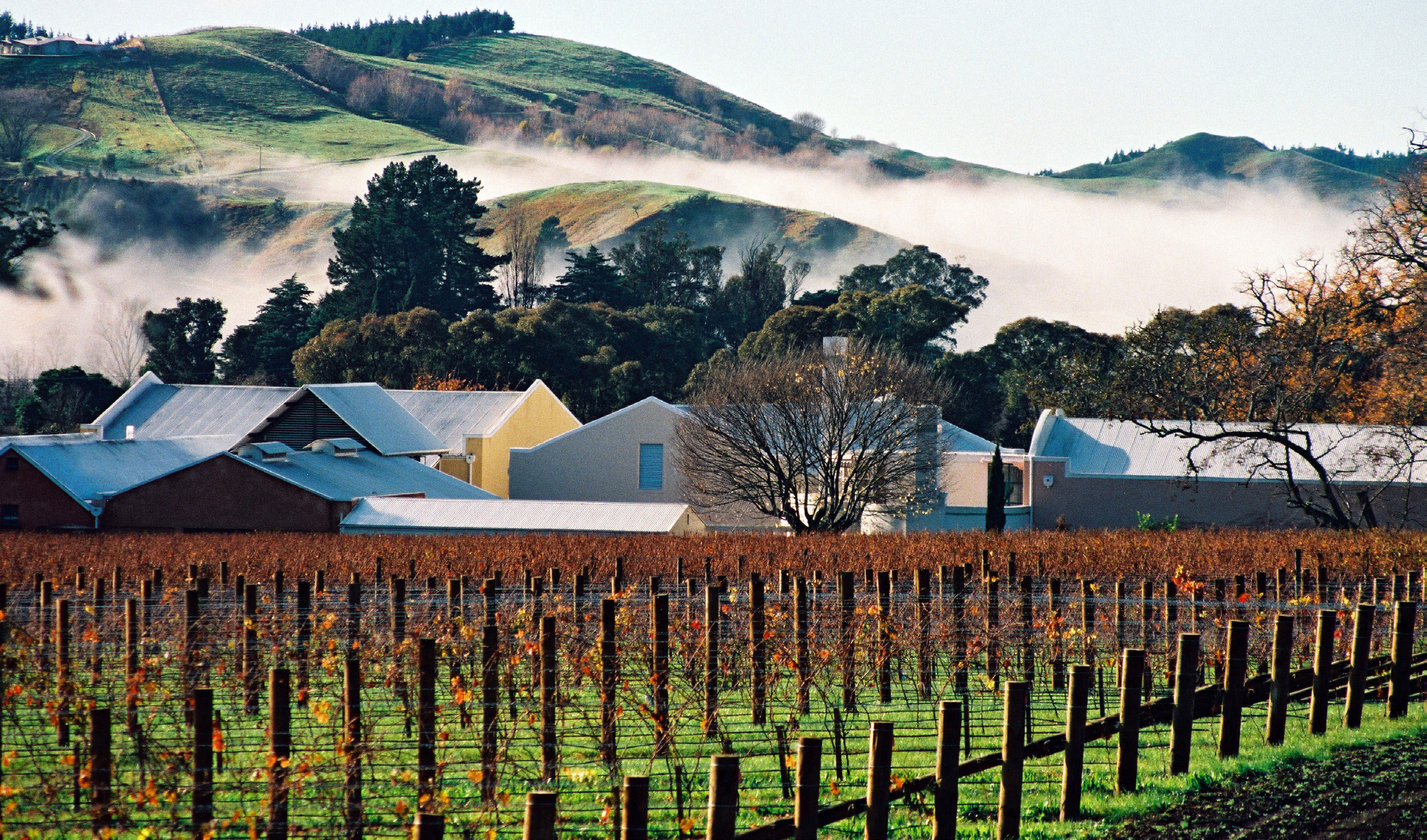
Established in 1896, Te MATA ESTATE is one of the New Zealand's oldest wineries. The family-owned estate is specializing in grape growing and winemaking from its 120ha Hawke's bay vineyards- all estate grown and hand harvest. Hawke's Bay as the second largest wine region in New Zealand has great warm dry maritime climate, free draining soil types, gravel plains, hillside slopes and river terraces which are ideally suitable for Cabernets, Syrah, Chardonnay etc... Te MATA makes 65% Bordeaux blend and Syrah and 35% Whites. One of the New Zealand first and finest Syrah Bullnose, barrel femerted Cape Crest Sauvignon Blanc and the cost cutting Estate Vineyard single vineyard series. 2012, Mr. John Buck the owner of the winery in his 70th year was awarded with "New Zealand Order of Merit". "I've always believed that New Zealand wine, and the arts, can foot it with the world's best. All I've ever done is put that belief into practice. It's been a pleasurable challenge." said John.
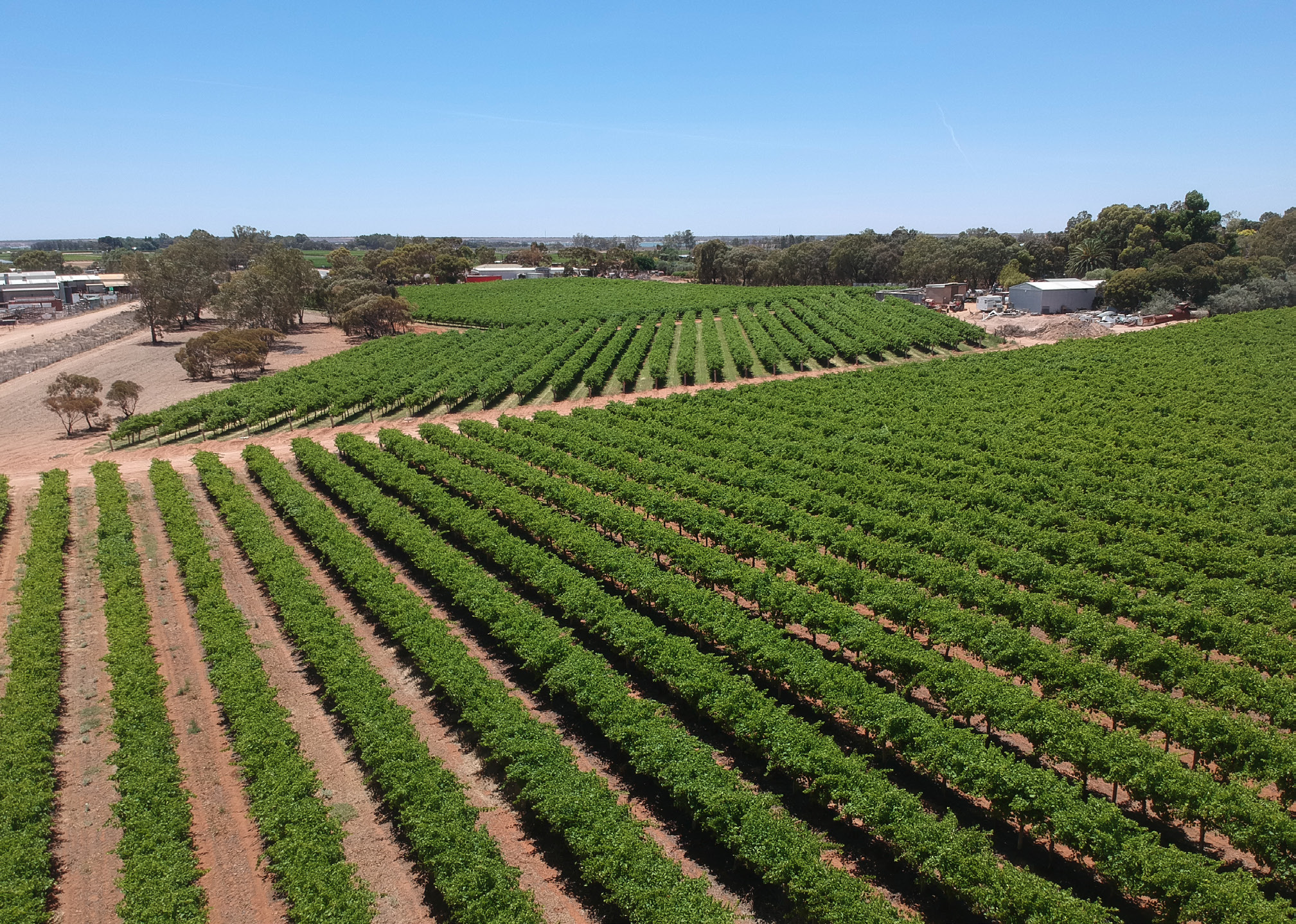
Jubilance is an Australian wine brand that features the unique Rainbow Lorikeet, showcasing the vibrant and passionate side of Australia. The wines of Jubilance embody the rich, robust, and exuberant qualities of Australian wines. Jubilance is dedicated to bringing joy and celebration to every moment with each bottle of wine. We believe that every bottle of Jubilance wine can create memorable scenes, and each sip is a delightful experience. Whether it's a family gathering or a romantic dinner, Jubilance is your perfect choice.
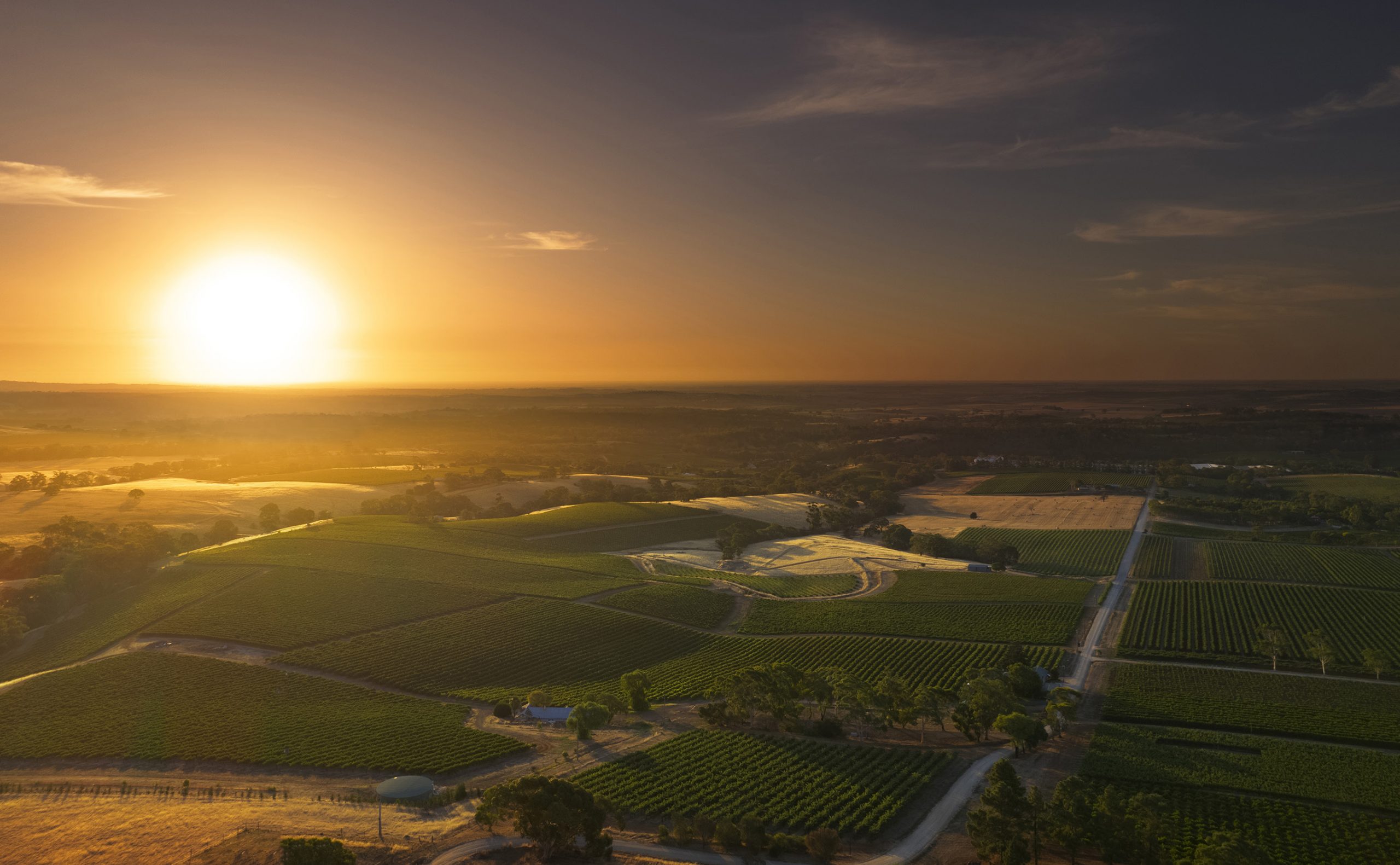
Five Red Star Winery: Massena Winery has been recognized as a Five Red Star Winery by the renowned wine critic James Halliday.
Small-batch, handcrafted wines: Massena Winery is dedicated to producing small batch, handcrafted wines. This approach allows for meticulous attention to detail in the winemaking process, ensuring that each bottle reflects the unique characteristics of the grapes and the terroir in the Barossa Valley. The winery's commitment to quality over quantity results in wines that are rich and expressive.
Harvesting from Centuries-Old Vines The winery focuses on sourcing grapes from old vineyards, with some vines being over 100 years old. These low-yielding, dry-farmed vineyards contribute to the depth and complexity of Massena's wines, providing a distinctive flavor profile that showcases the region's heritage and terroir.
KANTA Riesling perfectly embodies the unique fusion of "German heritage and Australian soul," a vision realized through a three-year collaboration between Andrewartha and world-renowned winemaker Egon Müller. This visionary partnership skillfully combines German precision with the pure, high-quality fruit grown in the iron-rich soils of the Adelaide Hills in South Australia, resulting in a wine that transcends borders.
Sourced from the historic Argyle Vineyard—planted in the 1840s and located at an elevation of 400 meters—the vineyard’s cool climate, akin to Germany’s, and mineral-rich soil yield Riesling of vibrant acidity and remarkable complexity.
KANTA marries European tradition with Australian terroir, offering both immediate elegance and exceptional aging potential. It appeals to discerning connoisseurs seeking a refined expression of Riesling—one that honors tradition while embracing innovation. Each bottle stands as a testament to altitude, meticulous vineyard management, and Old World craftsmanship.
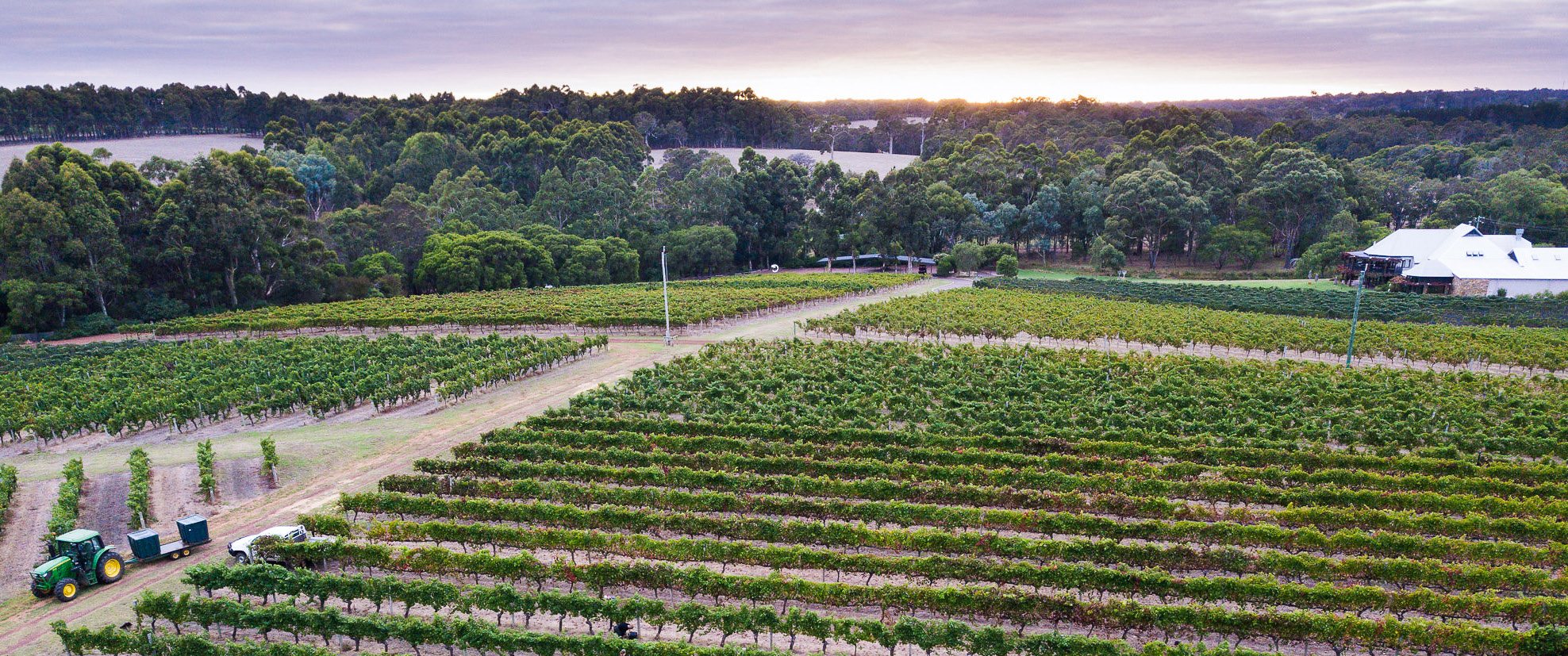
Margaret River's founding wine estate: Established in 1967 by regional pioneer Dr Tom Cullity, Vasse Felix is Margaret River's founding wine estate. Its establishment marked the beginning of the region's wine industry. One of the great wine regions of the world, Margaret River enjoys a truly unique environment and climate which makes it a paradise for winemakers and wine lovers alike.
Langtons Classification 8th Edition: Vasse Felix Icons, the Tom Cullity Cabernet Sauvignon Malbec and the Heytesbury Chardonnay both feature in the Langtons Classification 8th Edition as “Classified”. Within this prestigious ranking, only the best 12 wines from Margaret River are classified, and Vasse Felix has 2 of them.
Historical Legacy: Tyrrell's is one of Australia's oldest family-owned wine companies, established in 1858. Tyrrell's owns 8 of the 11 oldest vineyards in the Hunter Valley, all over 100 years old. They were pioneers in introducing Chardonnay and Pinot Noir to the Australian wine category, and their 'Vat 47' was Australia's first commercial Chardonnay.
Top Awards: Tyrrell's wines have received global acclaim, in particular for the Vat 1 Semillon, which has become Australia’s most-awarded white wine with over 5,500 medals and more than 330 trophies. Moreover, in the Langtons Classification, their Vat 1 Semillon is distinguished as "First Classified," which places it among the top 21 wines in Australia.
Top Classification: in the Langton's Classification of Australian Wine, Tyrrell’s boasts one wine in the First Classified tier and two more in the Classified category, positioning it among the elite with only three other wineries having a higher number of classified wines. Tyrrell's has also continuously maintained a James Halliday 5-star winery rating since its inception in 1986 and is consistently r anked among the top every year.
Decanter: "No wine has been awarded more medals on the Australian wine show circuit."
James Halliday: "After five generations, Tyrrell's still makes the best semillon in the region, arguably the best chardonnay and some of the best shiraz."
The chief winemaking expert of the Pharaoh Legend brand, Oliver Crawford, is an experienced Australian winemaker. He obtained a Bachelor of Agricultural Science in the wine major from the University of Adelaide in 1997 and served as the general manager of the winemaking team at Penfolds Winery for more than a decade. The winery is based on the legend of the ancient Egyptian Pharaoh Karl, endowing the wine with a mysterious and unique cultural connotation. In the legend, Pharaoh Karl used grapes to save the people in times of hardship. This storytelling element increases the product's appeal and creates more topics of conversation. Under the premise of ensuring quality, consumers can enjoy high-quality Australian wines with unique flavors at relatively affordable prices when it comes to Karl's Scepter wine, meeting consumers' pursuit of cost-effectiveness. The wine labels and packaging are exquisitely designed, boasting high recognizability and visual appeal. The products of this brand series once achieved a sales performance of selling 100,000 bottles within 9 hours of presale in the Chinese market.
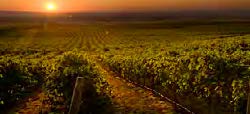
Riesling Art Between New and Old World: Eroica wines, a collaboration between Chateau Ste. Michelle and renowned German Winery Dr. Loosen, showcase a blend of Old World and New World winemaking philosophies. This partnership has produced a range of Riesling wines that are celebrated for their quality and aging potential.
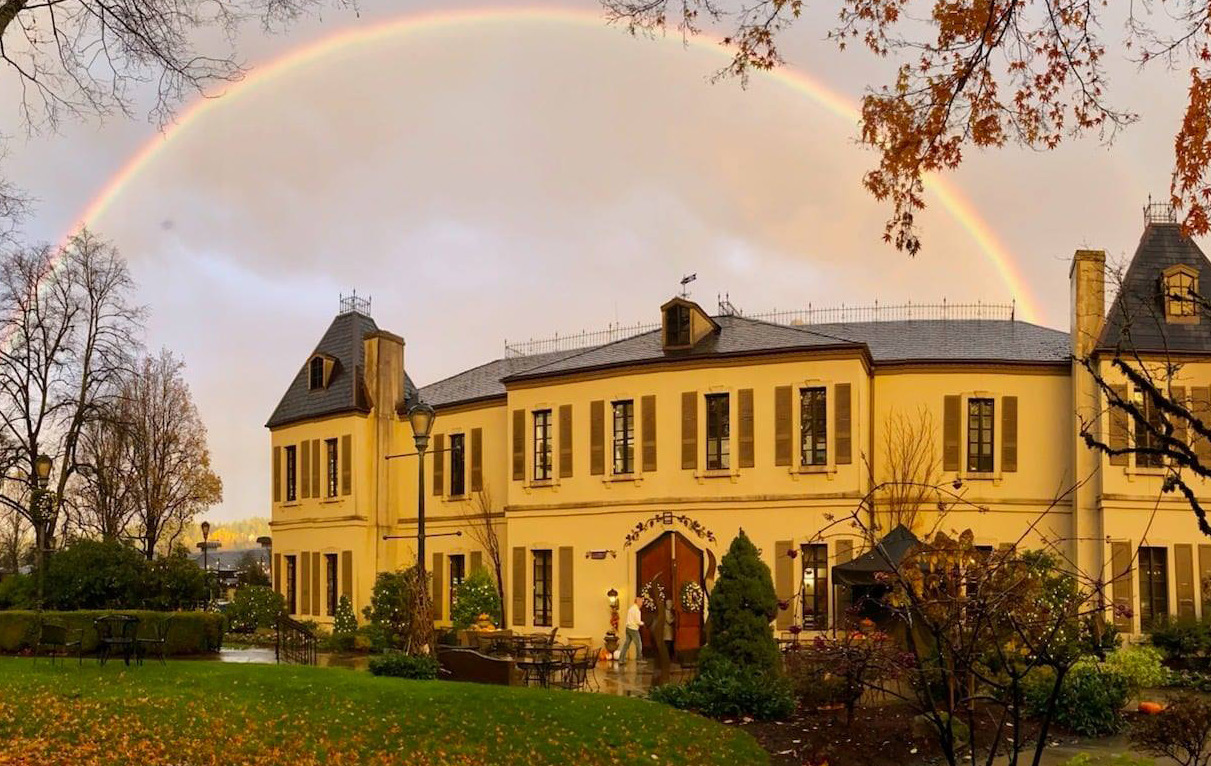
Washington State's Founding and Perhaps the Largest Winery: Established in 1934, Chateau Ste. Michelle is the perhaps the oldest and largest wineryin Washington State, producing over 8 times more wine than the second largest winery.Perhaps World's Leading Riesling Producer: they claim to be the world's largest producer of Riesling wines, with over 45 years of experience.
World's Leading Riesling Producer: the world's largest producer of Riesling wines, with over 45 years of experience. Consistent Award Winner: Chateau Ste. Michelle has received 22 "Winery of the Year" honors from Wine & Spiritsand 18 "Top 100 Wines" designations from Wine Spectator.
Pioneering California Pinot Noir: Hirsch Vineyards has been a significant influence in the American wine industry. David Hirsch planting the first Pinot Noir vines in 1980, making it one of the oldest vineyards on the True Sonoma Coast.
Sustainable Agriculture: Hirsch Vineyards employs biodynamic farming methods, committed to environmental protection and ecological balance. The vineyard supplies grapes to some of California’s most prestigious wineries, including Littorai, Williams Selyem, and Kistler, collectively elevating the standards of California Pinot Noir.
The Fault Terroir: Located on a ridge close to the fogs and cooling influence of the Pacific, Hirsch Vineyards sits near the San Andreas Fault, shaping its unique terroir. The clash of the continental edge with the vast Pacific, the grinding of tectonic plates, and the interplay of wet winters and dry summers create a dynamic environment where the vines struggle and thrive, producing wines with an unparalleled sense of place.
High-Quality, Low-Yield: Hirsch Vineyards focuses on producing small quantities of wine with meticulous attention to detail, ensuring each bottle reflects the unique characteristics of the vineyard's microclimates.
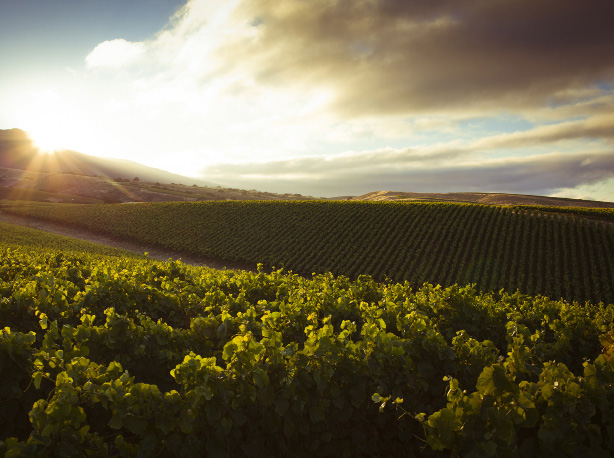
La Crema was founded in 1979 and quickly established itself as a pioneer of intensely flavored Chardonnay and Pinot Noir from cool climates. The winery has dedicated more than 30 years to explore the depth and breadth of varietal expression in California’s cool-climate vineyards. They look for one unifying factor at these exceptional sites: coastal wind and fog that allow the grapes ripen slowly on the vine, developing intensely complex aromas and flavors while retaining firm acid structure.
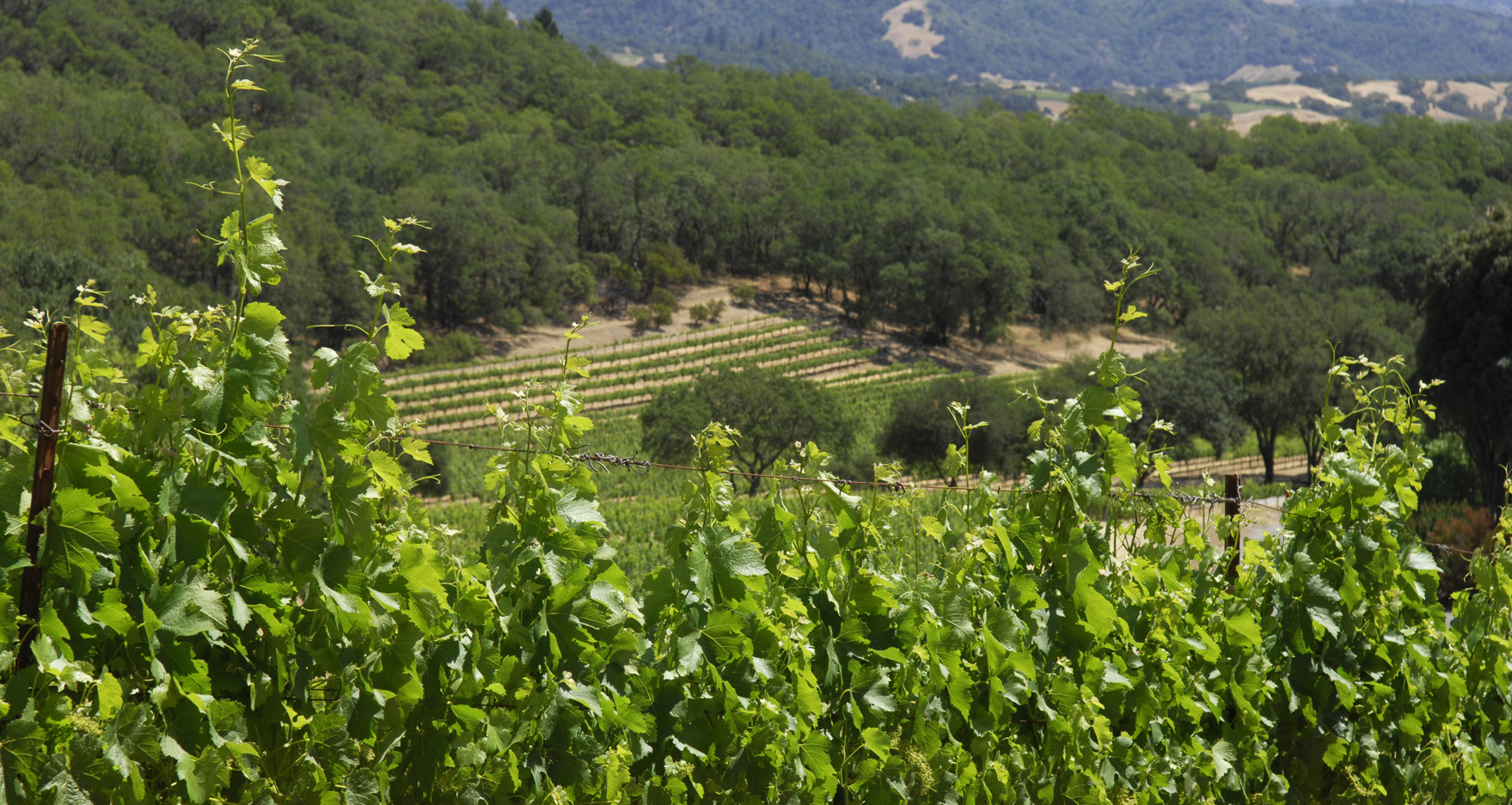
The origin of what would eventually become Francis Ford Coppola Winery started in 1997 with the creation of the first brand and wine of the Diamond Collection. In 2006, Francis Coppola acquired the future home and site of the Francis Ford Coppola Winery in Geyserville, Sonoma County. The "brand" is also a person, a filmmaker/director, a second generation Italian American. The wine making team of Francis Ford Coppola Winery consists of 5 world class winemakers and a crew of over 60. The wines express true appellation characteristics of California, which made in the same spirit - for sharing with friends and family, following the motto of the company: "food, wine, adventure". The brand's equities include: authenticity; passion for Life; tradition, culture and family; trailblazing individuality; storytelling
extraordinaire and uncompromising standards.
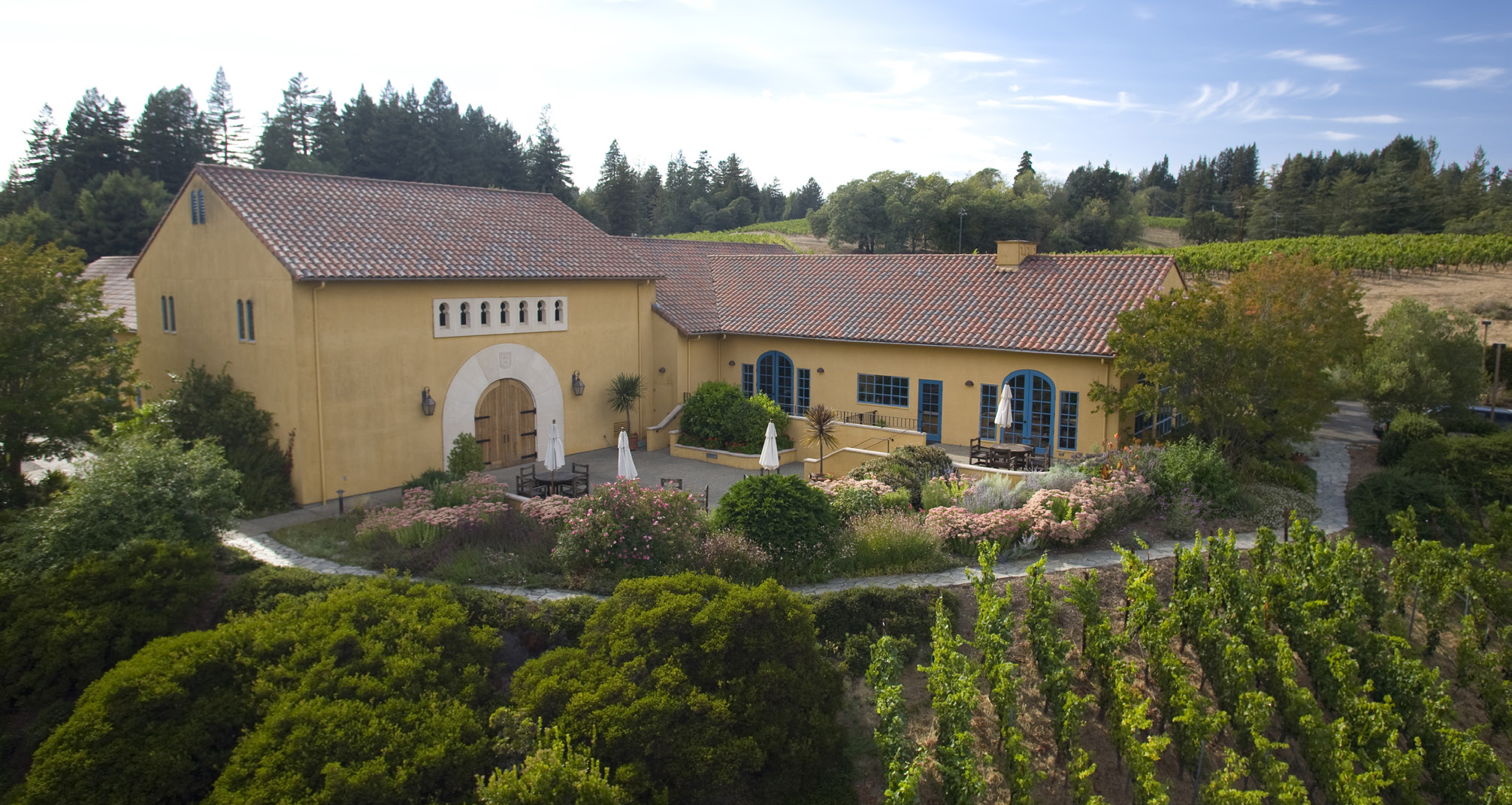
Marimar Torres, the fourth generation of the TORRES family, has been involved in the wine business all her life. She set her eyes on California and made it her home in 1975. She was the best-known ambassador of Spanish wines in America. In 1986, she selected a privileged place in the Russian River/Green Valley in Sonoma County, to set up her own winery. Because of her European heritage, emphasis on the vineyard was a natural concept for Marimar. The wines, made entirely from estate-grown grapes, are truly an expression of their terroir. In year 2006, the vineyards start transition to biodynamic viticulture, increasing the commitment to ecological balance and sustainability, after organic certification by California Certified Organic Farmers, the strictest certification in the world.
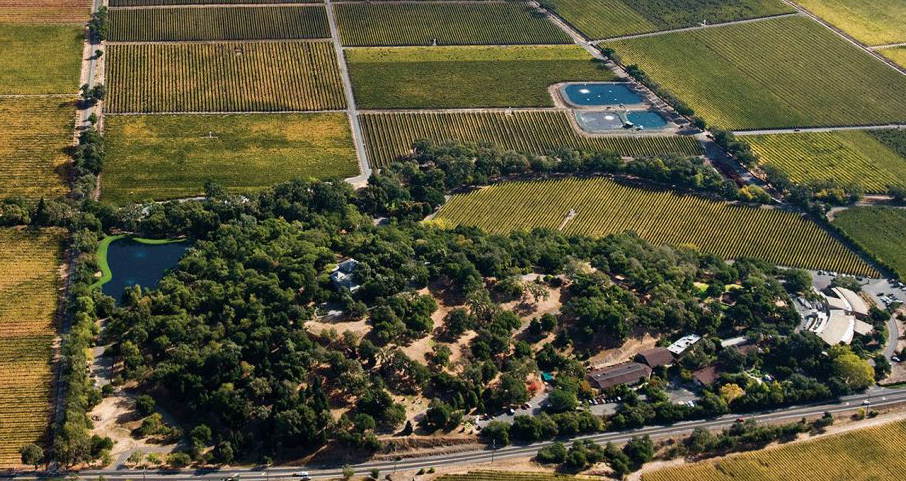
Stag's Leap Wine Cellars is considered one of Napa Valley's first growths. Founded in 1970, today Stag's Leap Wine Cellars is best known for its estate grown Cabernet Sauvignon – Cask 23, S.L.V and Fay – which are fashioned to express classic elegance, structure, and ageability, and to reflect the place in which these wines are grown. In the first few years, the small family run winery was little known outside the Napa Valley. That changed in 1976 when Steven Spurrier, now consultant editor with Decanter magazine and a renowned wines taster, staged a blind tasting among French wine experts. To everyone's astonishment, the 1973 Stag's Leap Wine Cellars Cabernet Sauvignon took top honors, triumphing over first-growth Chateau Mouton Rothschild, Chateau Haut Brion and other renowned wines of Bordeaux. The stunning victory launched Stag's Leap Wine Cellars into the ranks of the world's most noteworthy and collected Cabernet producers – a standing which the winery still very much enjoys to this day – as well as placed the Napa Valley firmly on the world's wine map.
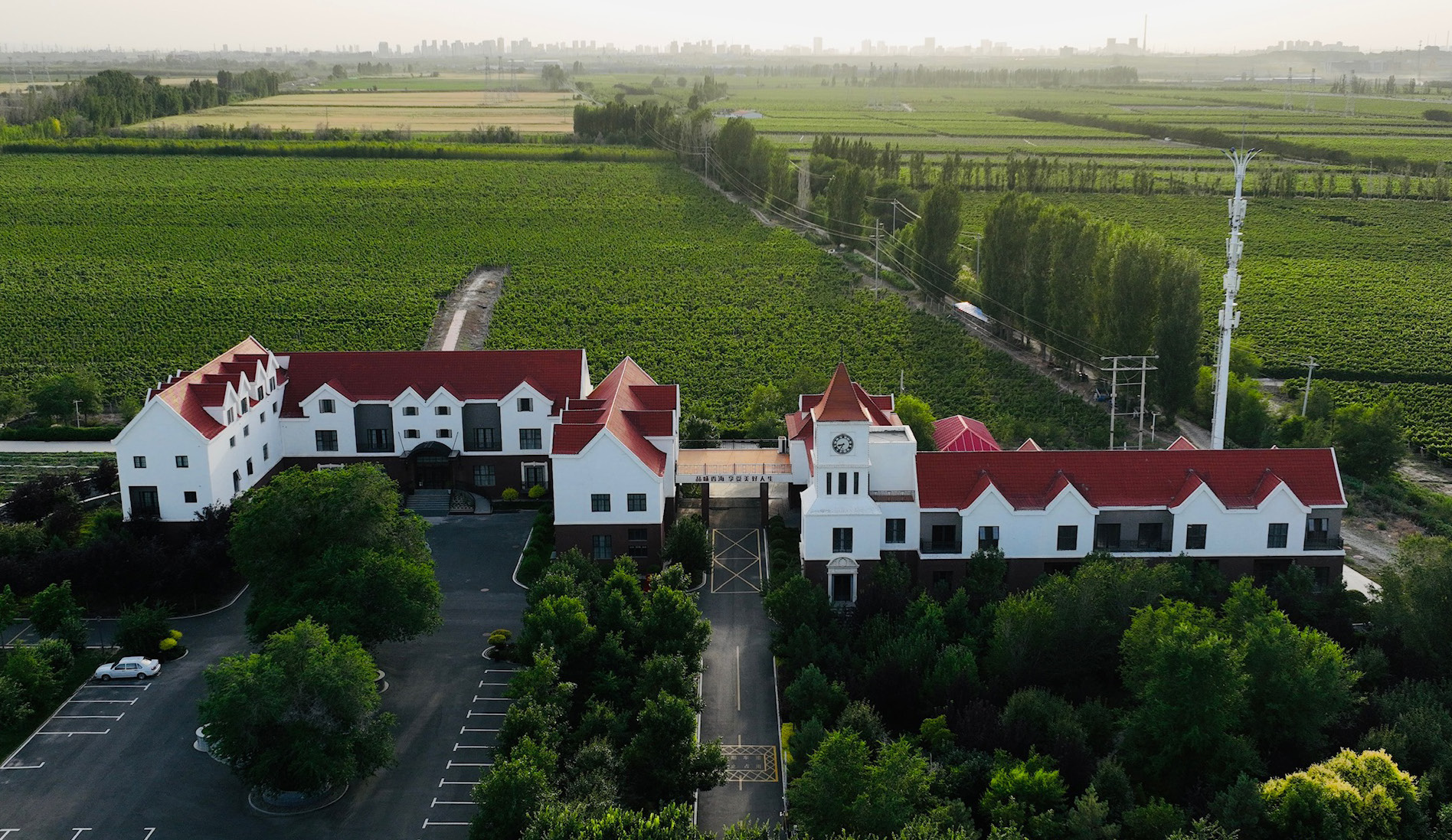
XIANG means aroma and HAI means sea, XIANGHAI means the aroma exuded by fine grape wine, resembling the image of a vast ocean.
XIANGHAI Vineyard,Rooted in the mysterious northern foothills of the Tianshan Mountains, Returning to the essence of Tianshan Mountains terroir, Adhering to the ecological path of natural cultivation and self-healing. With time as the measure, following the Eastern aesthetics as the "heart," Brewing the terroir of the mysterious oriental.
Exceptional Terroir, Classic French Style
• Location: Situated in the Jinshan region at the eastern foot of the Helan Mountains, Huwei benefits from abundant sunlight, significant diurnal temperature variation, and soils rich in stone fragments, mirroring the terroir of France’s Châteauneuf-du-Pape.
• Grape Quality: The grapes here yield wines with rich fruit flavors, a full-bodied texture, and bright acidity - attributes that result from higher sugar accumulation and potential alcohol levels, creating a harmonious balance of sweetness and freshness.
East-West Fusion, Innovative Winemaking
• Technological Integration: Utilizes French virus-free rootstocks, organic farming, hand-picking, meticulous sorting, and gravity-flow techniques—blending Eastern philosophy with Western technology.
• Cultural Symbolism: The name “Huwei” combines tiger (strength) and rose (elegance), symbolizing a perfect balance of power and grace, reflecting Chinese Yin-Yang harmony.
Top-tier Team, Craftsmanship Excellence
• Chief Winemaker Jiang Tao: Renowned domestic winemaker; his 2020 Marselan won a Decanter Gold Medal.
• Flying Winemaker Oliver Crawford: From Australia’s Penfolds, bringing international expertise to harmonize with Ningxia’s unique Helan Mountain terroir.
Signature Series, Philosophical Expression
• Four Flagship Wines: Named after the traditional Chinese literary structure—Qi (起), Cheng (承), Zhuan (转), He (合)—each wine showcases the best local expressions of Merlot, Cabernet Sauvignon, and Marselan, embodying owner Xue Lijuan’s deep understanding of nature and life philosophy.
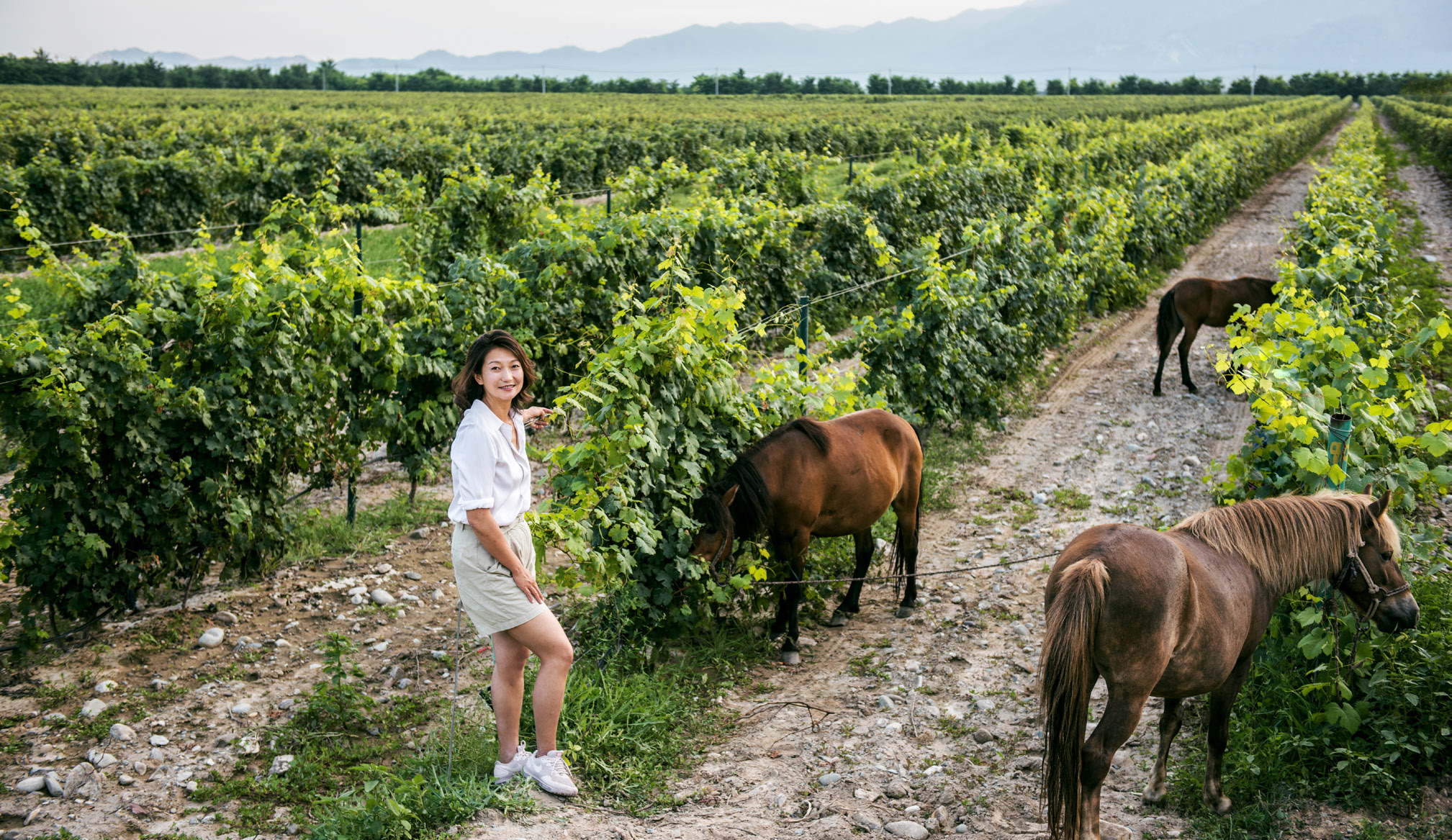
Silver Heights is located on the eastern slopes of Mount Helan in Ningxia Autonomous Region. Grapes are harvested at an altitude of 1,200 metres. Blessed with ample sunshine and a great depth of stony soil which forces the roots of the vines to venture deep into the ground for water and minerals, the terroir is ideal for viticulture. Exquisite techniques from French oenology were employed for the wines, imparting an influence from the Old World.
Silver Heights is headed by Emma Gao, holder of a Diplôme National d'Oenologue from Bordeaux (France) and one of few female Chinese winemakers in the industry. Emma honed her winemaking skills during internships with renowned estates in Bordeaux – Château Calon-Ségur and Château Lafon-Rochet. Silver Heights is definitely another tribute to Chinese wines of exceptional quality.
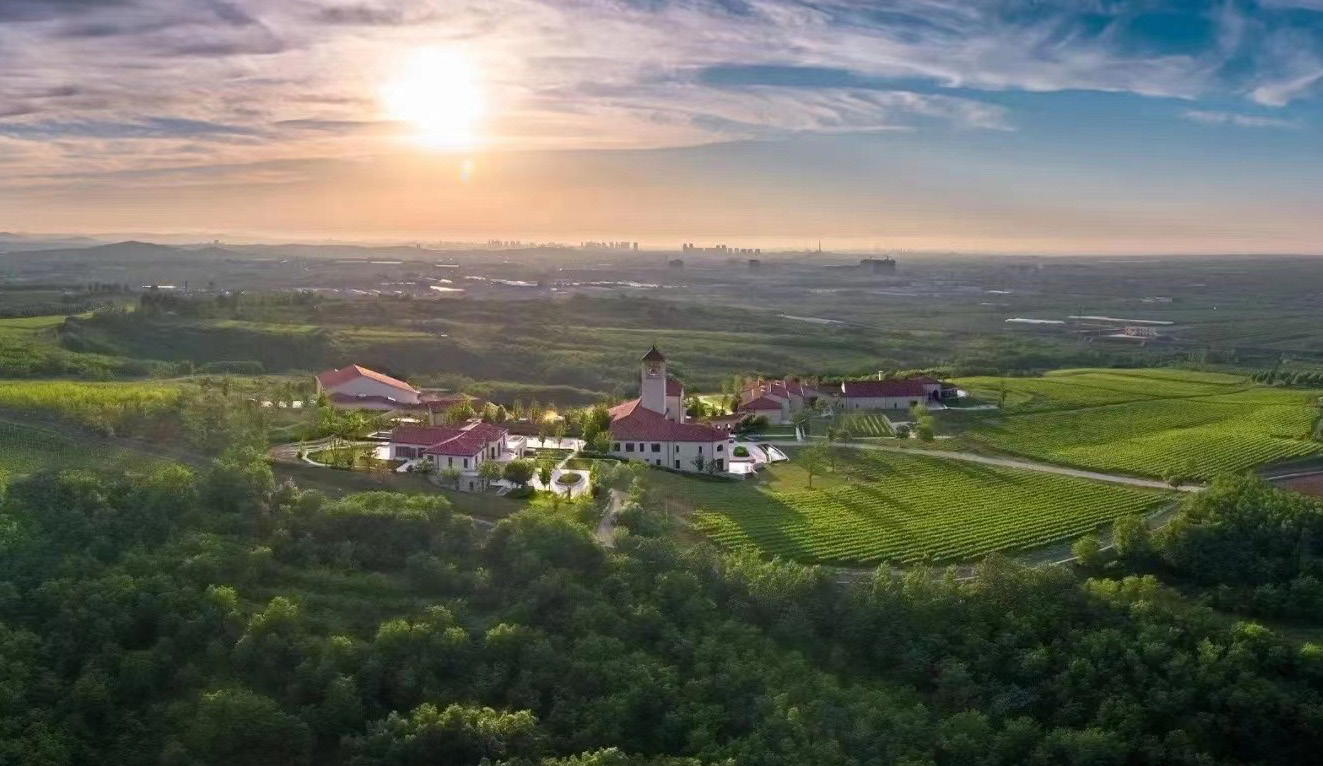
Longting is a heritage Chinese boutique winery, located on the eastern slop of Mount Feng in Penglai where is the northernmost in Shandong peninsula. Longting vineyard occupies 68 hectares, and half of the estate is dedicated to vines. The vineyard is planted primarily to Petit Manseng, Marselan, Cabernet Franc, Chardonnay, Petit Verdot and Vidal. Name ‘Longting’ embodies the essence of estate culture, comes from the owner’s deep perception of Chinese civilization. ‘Long’-dragon, is supreme symbol of Chinese nation. ‘Ting’-pavilion, is the shining point of traditional garden architecture and a place for visitors to hike and rest. There is a beautiful myth, dragon stayed in pavilion portend favorable weather and good harvest. ‘Reverence for Nature, Prime Quality, Happy Life, Pursuit of Goodness’ is Longting vineyard’s core philosophy. With the principle of the union among climate, terroir and man, it adopts biodynamic methods, to produce world-class organic fine wine with Chinese-style.
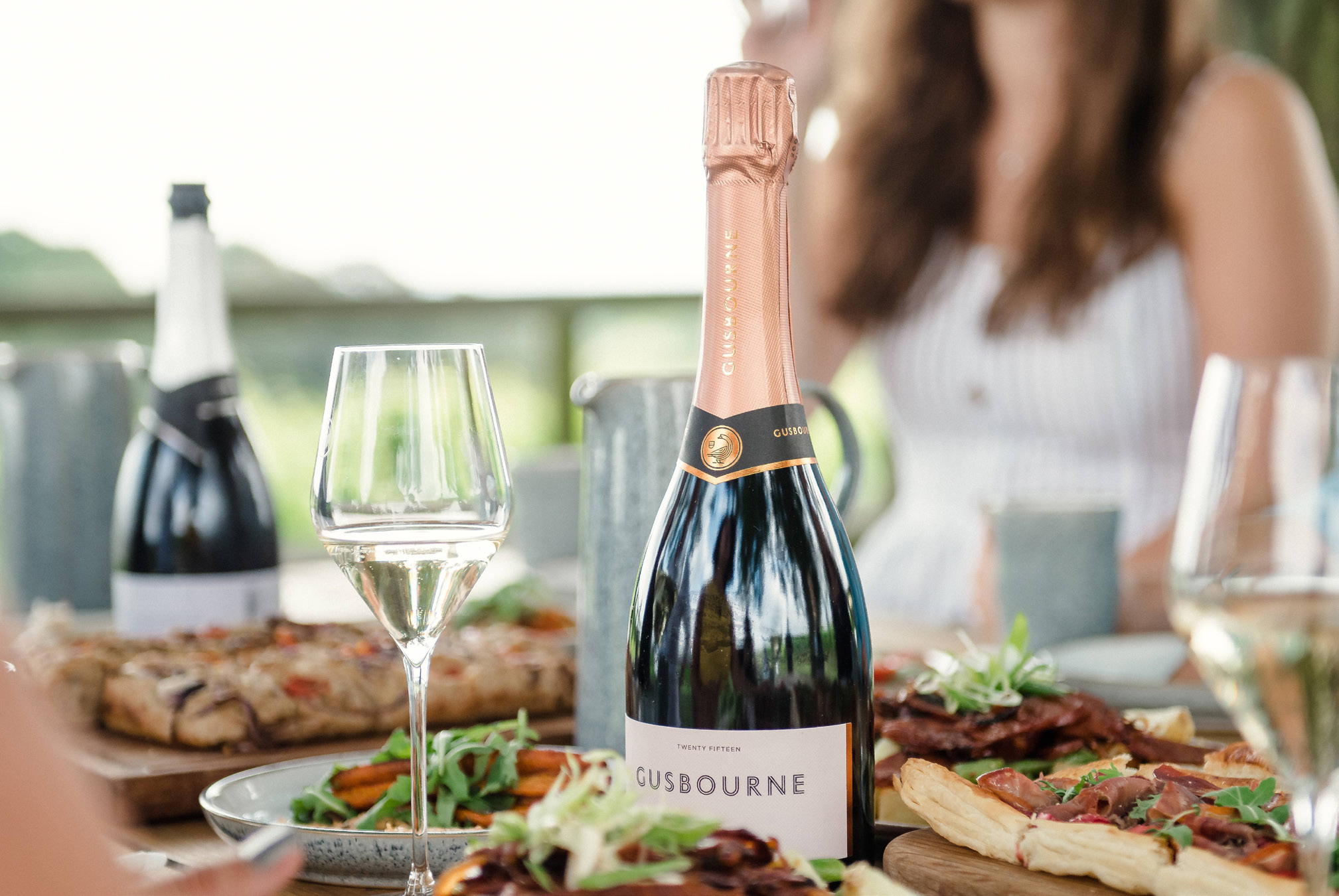
From the moment we planted our first vines in 2004, our vision has been to create the finest vintage wines using grapes exclusively from our own vineyards. We grow the highest quality Chardonnay, Pinot Noir and Pinot Meunier grapes across the Gusbourne Estate, with 60 hectares in Appledore, Kent and 30 hectares next to the Goodwood Estate in West Sussex. These predominantly Burgundian clones yield smaller volumes of intensely flavourful fruit, which thrive in our unique microclimates, all crafted using the traditional method. “Making exceptional wine takes craftsmanship, respect for nature… and uncompromising attention to detail.”
The Castello del Poggio winemaking team takes great pride in crafting delightful wines of the highest quality. Exceptionally lively and fresh, Castello del Poggio unlocks great times and memories. Since 1699, the ancient medieval fortress, where the Knights Templar once lived and protected the estate in the 14th century, is now devoted to its deeply aromatic, welcoming wines for every occasion.

From 1956, Vallebelbo collects and vinifies the grapes produced by the 160 associated growers, who own about 500 hectares of beautiful vineyards in the Langhe hills. Miravento is one of important wineries among them. This wine-growing area is the most important center for producing Moscato Bianco grapes, which give birth to 3 sweet and aromatic wines, famous all over the world for their uniqueness: Asti DOCG, Moscato d Asti DOCG and the new born Asti Secco DOCG. Everything starts with the utmost respect to territory, nature, biodiversity, environment, and ecosystem, and then continues with the constant and continuous search for the highest possible quality.
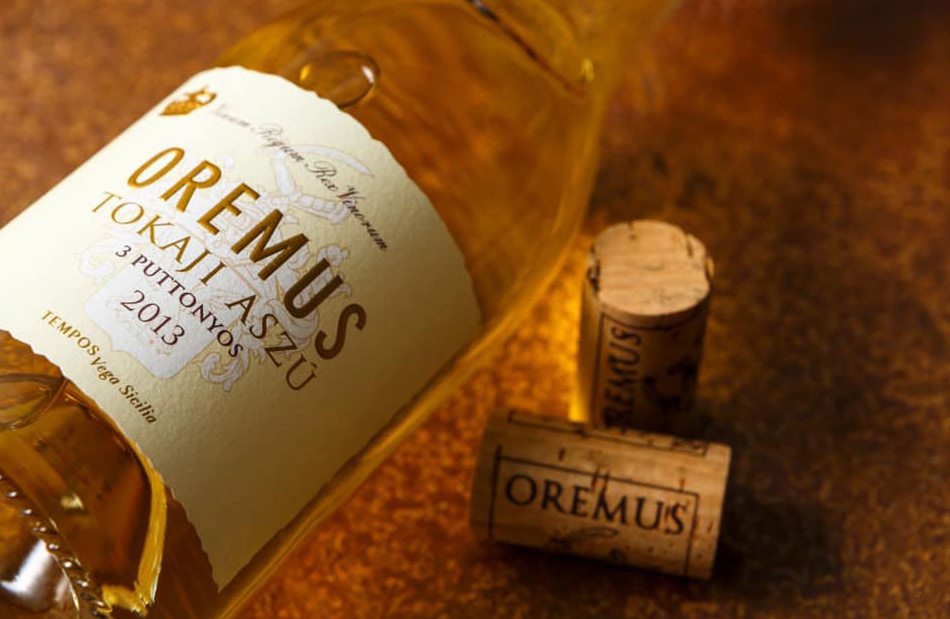
As a legendary estate, Vega-Sicilia set its sights on another legendary name, a vineyard known as Oremus, which had produced the first Aszú wine in 1650. Vega-Sicilia purchased the estate after the break up of the Hungarian state monopoly in 1993. A state-ofthe-art winery, rediscovered by Vega-Sicilia's meticulous work, with a single and noble aim: producing the best wines following the last centuries' traditions. Later, other renowned companies entered Tokaj territory making the effort of Vega-Sicilia worthwhile.
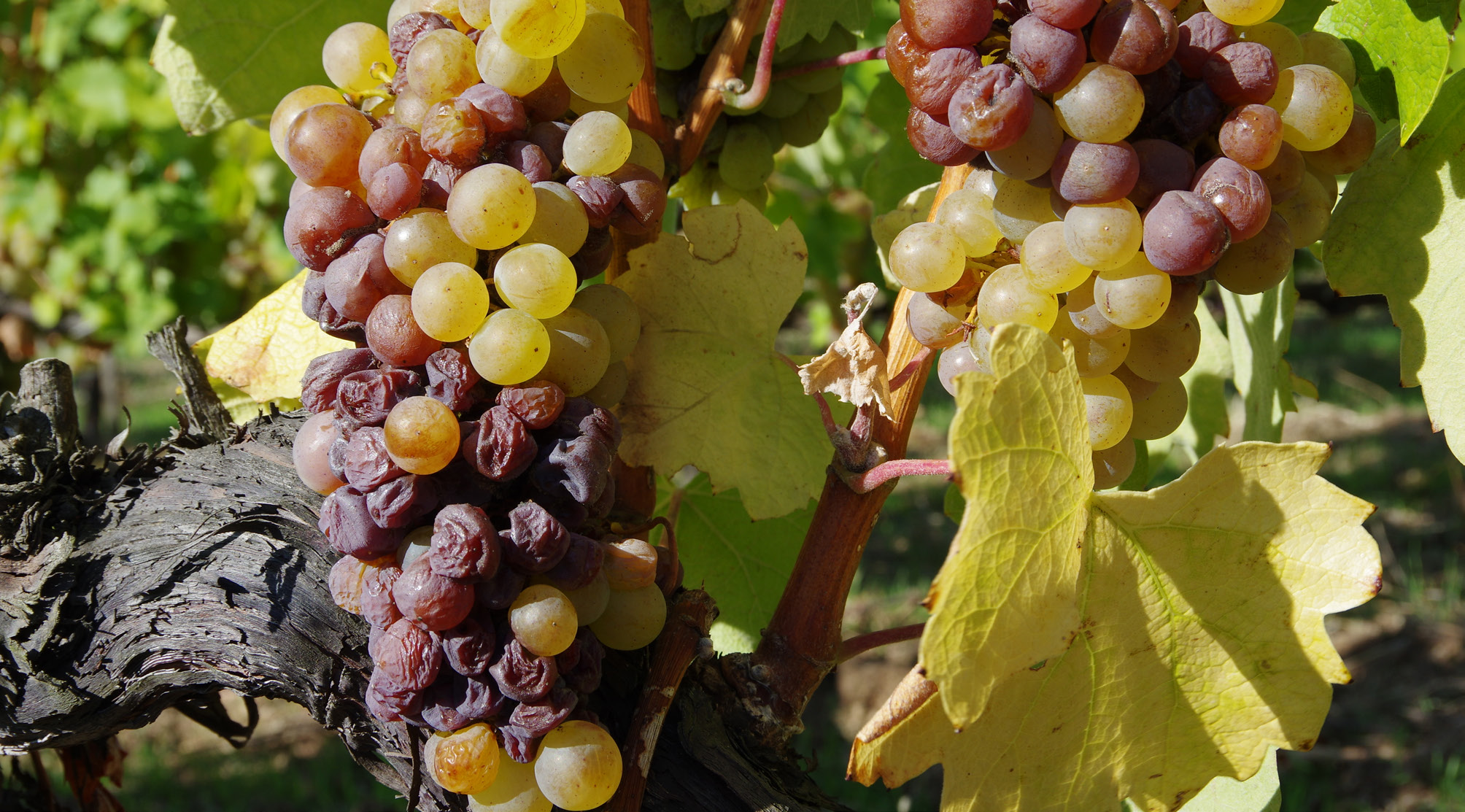 Dorgó is a historical growth of Tokaj Wine Region, today taking part of Disznókő Estate’s vineyards, situated on its south-west, west facing slopes. Tokaj Dorgó Vineyard wines are made as a particular selection by Disznókő Estate from the property. Mostly planted by Furmint grapes, on volcanic clay soil between 150 and 200 metres of elevation. Same as Chateau Pichon Baron, it belongs to the prestigious AXA Millesimes group.
Dorgó is a historical growth of Tokaj Wine Region, today taking part of Disznókő Estate’s vineyards, situated on its south-west, west facing slopes. Tokaj Dorgó Vineyard wines are made as a particular selection by Disznókő Estate from the property. Mostly planted by Furmint grapes, on volcanic clay soil between 150 and 200 metres of elevation. Same as Chateau Pichon Baron, it belongs to the prestigious AXA Millesimes group.
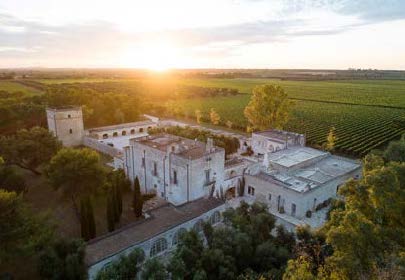
Located in the breathtakingly beautiful Salento Peninsula, an area with a long history but which is now looking determinedly forward towards the future, the Masseria Altemura's mission is to offer a new perspective on the wines from the Southern Italian Region of Puglia. The history of the estate began in the 4th century B.C.. Today the past has been brought back to life, thanks to the Zonin's project of restoring the property to its original splendour whilst adding modern amenities. Geographically the winery lies in the centre of Puglia, between the Ionian and the Adriatic Seas which lap the shores of the region. A unique maritime climate and abundant sunlight provide Masseria Altemura with very favourable conditions for grape growing. In addition, this innovative and swiftly evolving domaine benefits from the sea breezes and the nutrient-rich deep red soil that characterizes much of the Region of Puglia. Here Baroque influences blend perfectly with Oriental elegance. The estate's main ally is the sun, which rises everyday to bless the vineyards and makes Masseria Altemura mirror the true spirit of Puglia today.
Pioneers and Holders of Top Vineyards: Terre Nere was instrumental in bringing international attention to the unique terroir of Mount Etna. They were one of the first to bottle single-parcel wines from indigenous grapes, showcasing the region's potential for world-class wines. Moreover, since they were one of the first in the region, they invested in the greatest vineyards of Mount Etna early in the 2000s, and today have vineyards in ten premier cru and grand cru sites.
Ancient Vines and Tradition: The estate boasts vines that are between 50 to 100 years old, with some prephylloxera vines dating back over 130 years. This commitment to preserving old rootstocks and using traditional methods inspired by Burgundy ensures the production of wines with great elegance and longevity.
Highest Vineyards in Europe on Volcanic Terroir: Terre Nere's vineyards are among the highest-altitude red-grape vineyards in Europe. This elevation, combined with the cool nights and warm summers, creates a perfect balance in the wines. In addition to perfect climate, the unique terroir, shaped by 500,000 years of volcanic eruptions, contributes to the distinct flavor profiles of the wines.
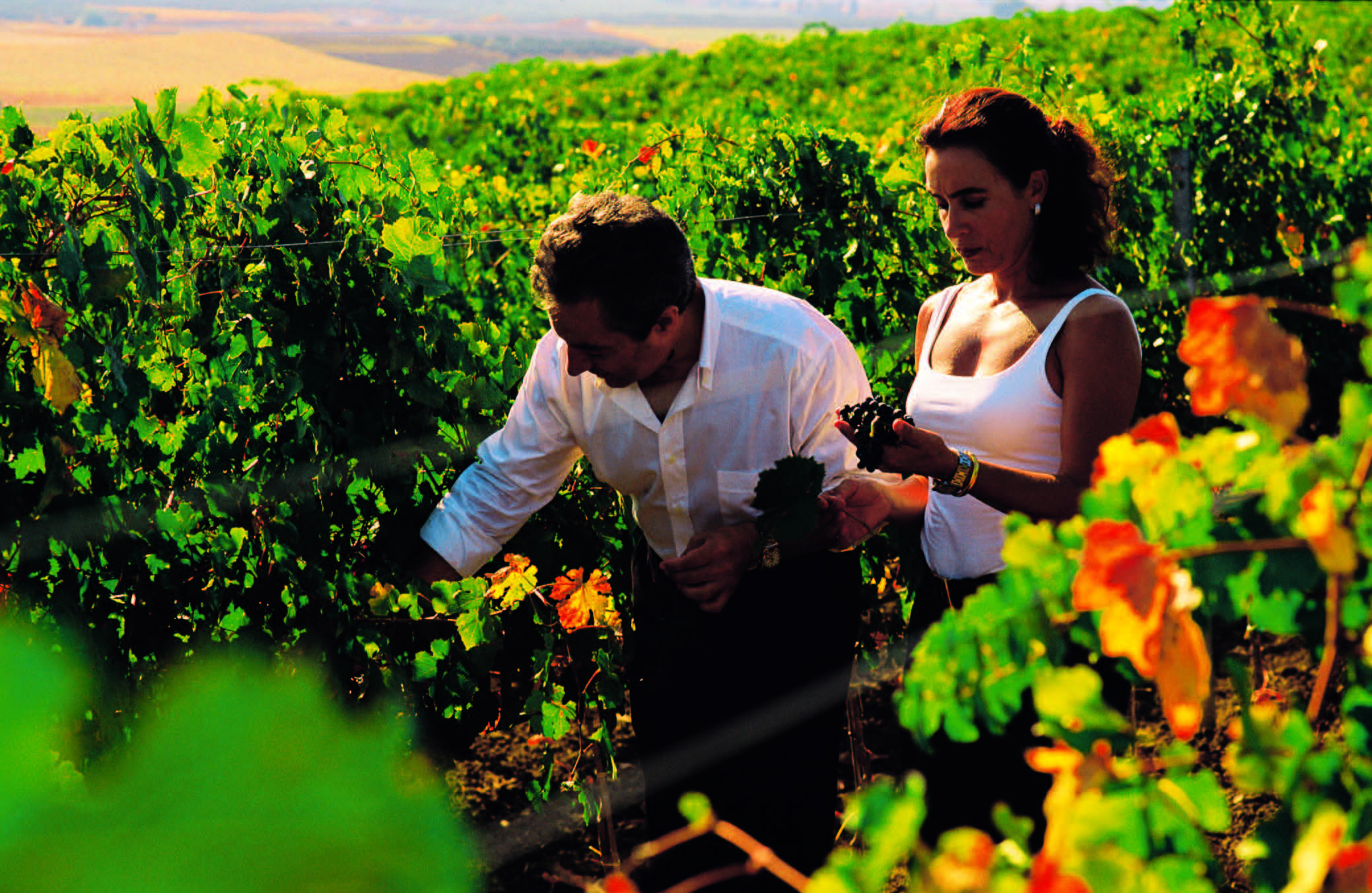
The passion of a young entrepreneur in love with his land gave life to the FIRRIATO brand in the mid-1980s, in the heart of the marvelous scenario of the Trapani countryside where Sicily's agricultural tradition is predominant, bearing the signs of thousands of years of agricultural and winemaking culture while preserving a vibrant and wild nature. The FIRRIATO wine cellar takes its name from this area. It is the vernacular term for the word "turned", which, by some strange linguistic alchemic process reaches back to the clos of French estates. The logo created by Firriato seems to capture the entire universe in a clearly defined space, almost as if it were to protect what makes it so unique and matchless. It is a call of rationality, of the squaring of the circle, and of order governing chaos. Method, land, pride and unrelenting love.
This is new project carried out by Leopoldo Franceschi, the owner of Il Poggione. He is about to launch a new line of wines called San Leopoldo from his personal winery, called La Casaccia di Franceschi, located in Montalcino. These two wines are quite different from Il Poggione, as they are high-end Super Tuscan blends, produced in a limited quantity and appealing to international wine lovers and serious wine collectors. One of them is a Cabernet Sauvignon and Merlot blend, and the other is a Merlot.
Rich Historical Legacy: Established in 1580, Argiano is one of the oldest wineries in Montalcino, with a deep-rooted history that intertwines with the region's winemaking traditions.
Pioneering Brunello Producer: Argiano played a crucial role in the establishment of the Brunello di Montalcino Consortium in 1967, contributing to the formal recognition of Brunello as a prestigious wine.
Shaped by the Founder of Super Tuscans: Giacomo Tachis, a legendary enologist and the architect of the Super Tuscan category, transformed Argiano by introducing innovative winemaking techniques and international varietals.
Limited Production of Exceptional Wines: Argiano exclusively uses grapes from its own vineyards, producing approximately 40,000 bottles annually. For its flagship wines, production is even more limited, with batches often not exceeding 2,000 bottles per vintage.
Biodynamic and Unique Terroir Expression: Since 2013, the estate has implemented biodynamic practices, becoming the first plastic-free winery in Montalcino. Argiano is also a pioneer in Tuscany, emphasizing the expression of single-vineyard wines.
Prestigious Award:
- Argiano's Brunello di Montalcino 2018: No.1 of Wine Spectator ’s Top 100 list
- Argiano Vigna del Suelo: consecutively 100 points for 2019 vintage by Falstaff
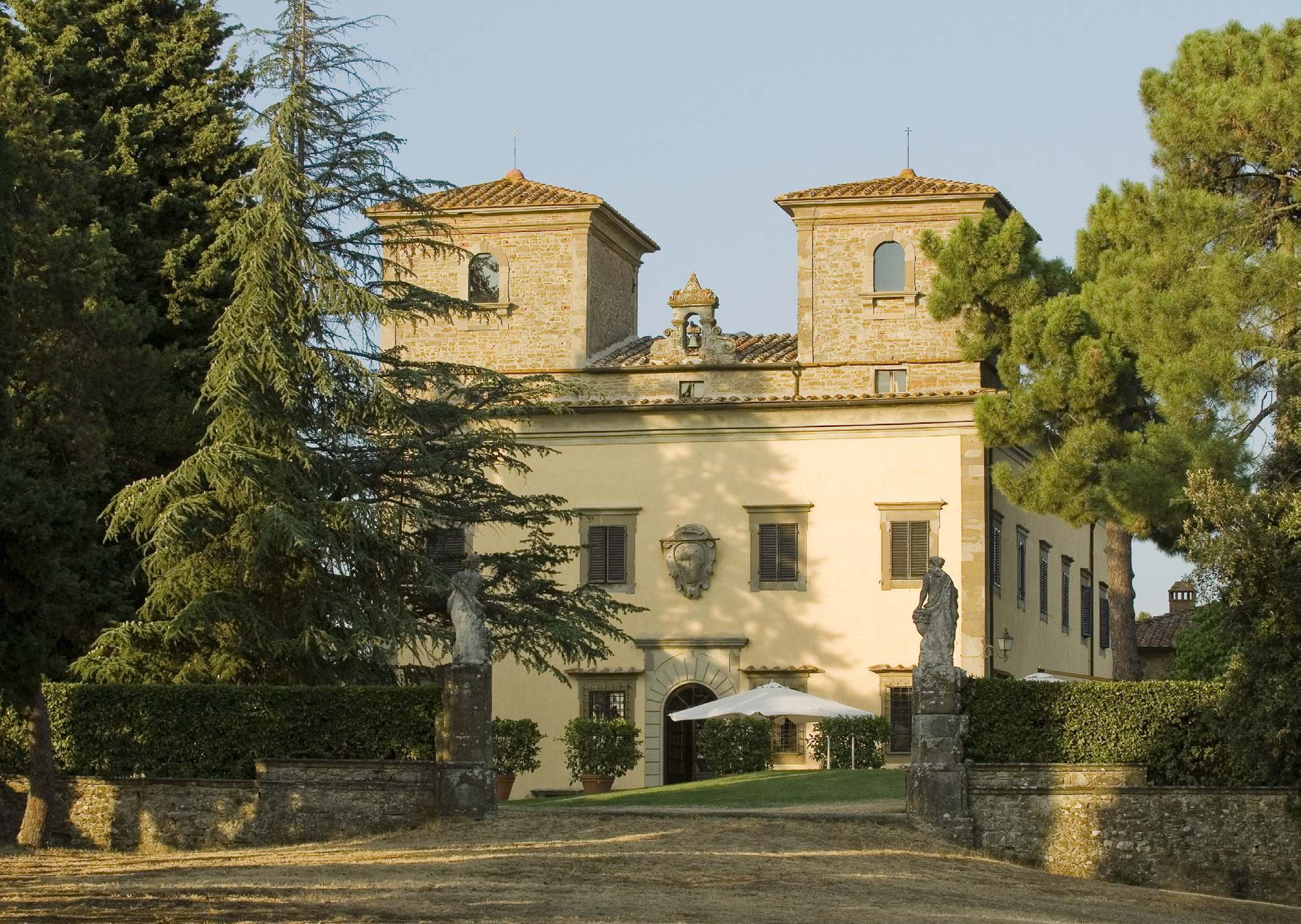
Steeped in history, Castello di Albola can trace its ownership back to the 12th century and has passed through the hands of some of Tuscany's most important and influential noble families, such as the Acciaioli, the Samminiati, the Pazzi and the Ginori Conti princes. Committed to beauty and excellence, Castello di Albola is an exceptional source for wines that are elegant rather than coarse or blowsy. Our goal is to maintain this style and level of quality so our wines reflect the authenticity of its historic cellars, where one can find fine wines that have been ageing for decades and yet still have a taste of almost unreal freshness. Castello di Albola captures the essence of the Sangiovese variety with its often subtle and austere tones, capable of delighting all those who care to unlock its fascinating secrets.
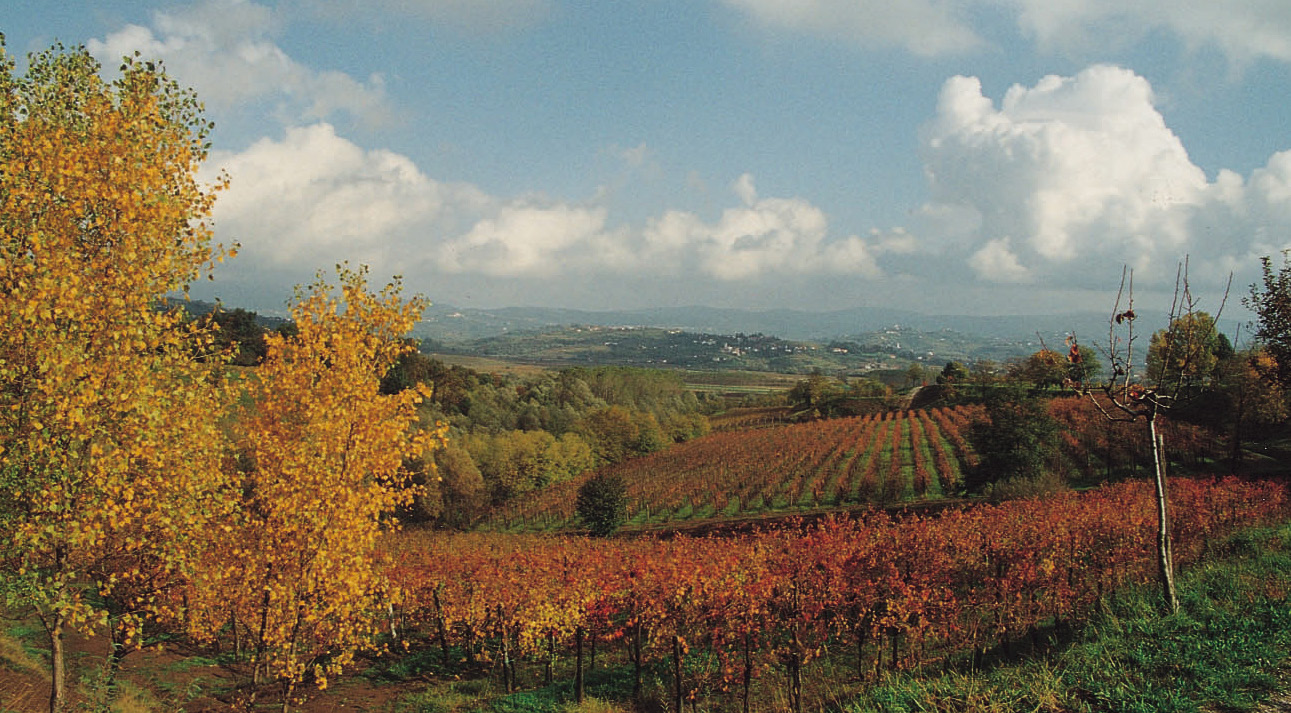
More than a century has gone by since the first Felluga's history interwined with that of wine. Isola d'Istria, on the coast, was the production point of origin of Refosco. Roberto, representing the fifth generation, fell in love with Collio DOC, with renewed passion and devotion.
The Collio is a special land, its landscape covered by mountains, streams and gentle hills. The climate here is mild, thanks to the proximity of the Adriatic sea (30km far away) and the protection of the mountains, the Pre Julian Alps, with hot days, cool nights during spring and delicate and mild summers. "In this ancient land, vocated to the vineyard" states Roberto Felluga,"Our will is to make the best selection based upon place, climate and grape varieties. This well thought out and precise commitment will lead to the creation of wines that will be examples of the true excellence of the very men, land, climate and grape varieties".
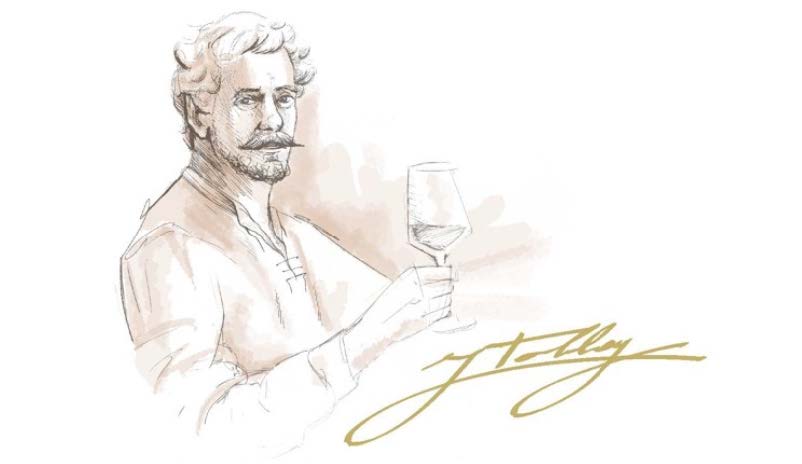
Tolloy Winery is part of the Gruppo Mezzacorona, located in the northernmost part of Italy, spanning across Trentino and Alto Adige. It is one of the first wineries in Italy to plant and promote Pinot Grigio, with over 1,500 hectares of vineyards. It is renowned worldwide for its high-quality and great-value Pinot Grigio white wine.
The climate of this region is complex and diverse, featuring both the alpine climate of the Alps and the moderating influence of Lake Garda. This unique climatic condition endows the wines with the freshness and acidity of alpine wines, as well as the richness of mature fruit flavors.
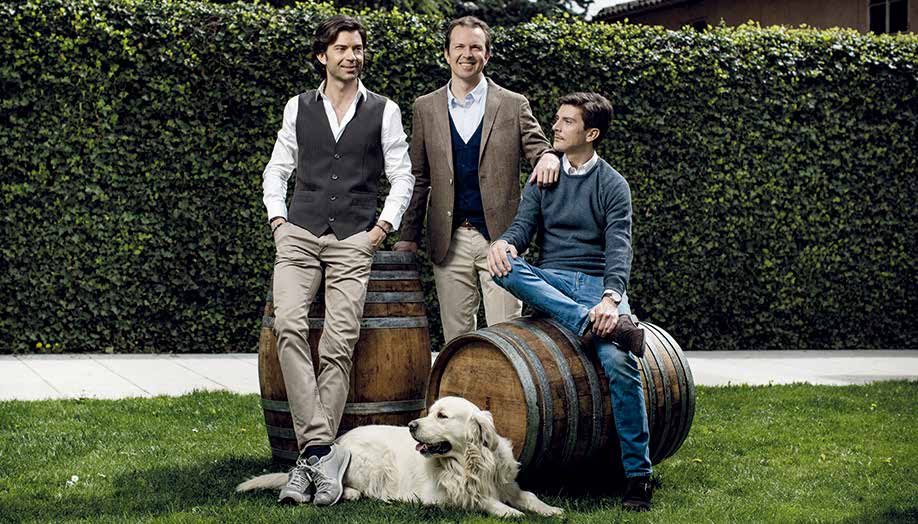
Established Legacy: Founded in 1821, Zonin Winery has a history spanning over 200 years, representing seven generations of winemaking expertise and dedication to the crat, making it the top 5 wine producers in Italy.
Prosecco Expertise: Zonin is one of the largest Italian family company producer of Prosecco, allowing for complete control over the production process from grape to bottle. This scale ensures consistent quality across their offerings, particularly their renowned Prosecco, which has become a global staple.
Significant player in F&B: Zonin Winery has established strong partnerships with various import food and beverage (F&B) clients, particularly in the UK and the United States. Luxury Hotel such as The Connaught, Claridge’s, and the Roka Group. Zonin Winery has established partnerships with various airlines (Cathay Pacific) and hotels (Shangri-la), enhancing its brand visibility and market reach.
Family Legacy: Taittinger is one of the few remaining family-owned Champagne houses, with a rich history dating back to 1734 and purchased by Pierre Taittinger in 1932. This legacy ensures a commitment to quality and tradition in every bottle produced.
Award-Winning Quality: Taittinger ranks as the ninth most admired Champagne brand in the world, according to the 2024 list compiled by Drinks International, which reflects the opinions of industry experts including sommeliers and wine journalists. and Taittinger is also recognized as the sixth Top-selling Champagne brands globally by CEOWORLD magazine in 2023.
Emphasis on Chardonnay: One of the most notable aspects of Taittinger is its strong emphasis on Chardonnay grapes, which form the backbone of many of its champagnes. This focus on Chardonnay contributes to the house's signature style characterized by elegance, freshness, and complexity. The vineyards are primarily located in the Côte des Blancs and Montagne de Reims, regions known for producing high-quality Chardonnay.
Partnerships and Global Presence: Taittinger has expanded its brand visibility through partnerships in various sectors. It is named as offical World Cup Champagne from 2014 to 2030. Taittinger Champagne has woven itself into the fabric of celebrity culture and high-profile events, reinforcing its image as a symbol of luxury and celebration.
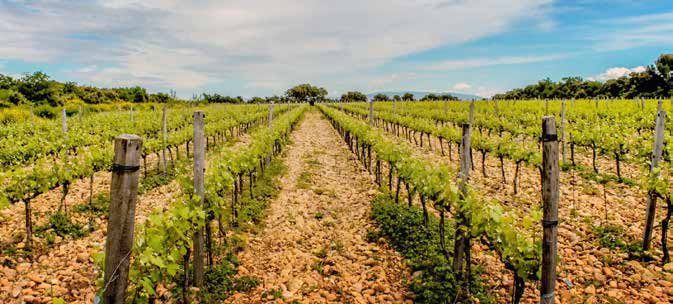
Located near Avignon, at the heart of the Rhone Valley, the fortified stronghold of Bonpas, from the French “Bon passage”, has watched over the safe crossing of the Durance River along the historic route that once linked Rome with Avignon. The estate marks the gateway to the southern Côtes-du-Rhône appellations and opens its gates to the discovery of the region's terroirs. Its sophisticated, elegant wines embody the terroirs and varietals of this famous region through their power and fruitiness.
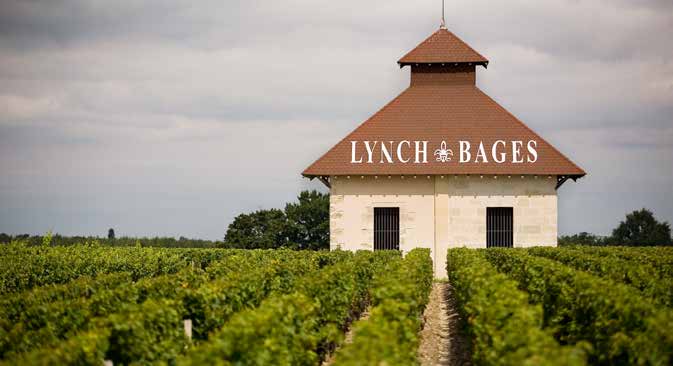
Legacy of Excellence: Since the 1930s, the Cazes family has built a legacy of quality and innovation at Château Lynch-Bages. Under Jean-Michel Cazes, the estate gained international acclaim, celebrated as one of Pauillac’s finest and earning accolades such as Wine Spectator's Wine of the Year:"Jean-Michel Cazes led his family's Château Lynch Bages into the 21st century, and Bordeaux along with it."
Global Pioneer: Jean-Michel Cazes revolutionized Bordeaux’s global presence, securing a landmark 1989 deal with Cathay Pacific to feature Château Lynch-Bages in premium service. This visionary move introduced Bordeaux to affluent Asian travelers, boosting sales and laying the foundation for today’s thriving Asian wine market.
Iconic French Portfolio: The J.M. Cazes family owns a number of representative wineries from various regions in France, offering wines that reflect the unique terroirs: including Michel Lynch, which produces wines from different subregions of Bordeaux; Château Lynch-Bages and Château Haut-Batailley from the Pauillac region; Château Ormes de Pez from the Saint-Estèphe region; as well as their home estate, Domaine de L'Ostal (Minervois), and Domaine des Sénéchaux (Châteauneuf-du-Pape) in southern France.

Jean-Claude Boisset is a family owned Burgundy negociant, founded in 1961 by then eighteen year old Jean-Claude. Today, their modern winery is unmissable in Nuits-Saint-Georges on the site of a former convent, Les Ursulines, with a large stained glass window of a vine leaf and a traditional Burgundy tiled roof pattern made from stones and plants. Their winemaker Grégory Patriat, former viticulturist at Domaine Leroy, has been vinifying wines for Boisset since 2002. He is now joined by Laure Guilloteau, who is also the global ambassador for Boisset wines. We are adding two wines: Bourgogne Chardonnay and Bougogne Pinot Noir. These are only made in the great years with no additional sulphur dioxide added. The Chardonnay is fermented in French oak barrels and then aged for 17 months, 50% new. Only 2627 bottles were made for 2019 vintage. The Bourgogne Pinot Noir is 100% destemmed and placed into stainless steel fermentation tanks. Fermentation occurred with indegenous yeasts without addition of sulfur dioxide. A total of 9990 bottles were made in the 2019 vintage.
Historical Heritage and Expertise: Joseph Drouhin, established in 1880, has been dedicated to wine research and the selection of high-quality wines, boasting over 140 years of history and extensive winemaking experience.
A Pioneer in Biodynamic Farming: Since 1988, the estate has been committed to biodynamic viticulture. Their Demeter-certified vineyards produce wines that reflect a deep respect for the land and environment.
100 Hectares of Excellence: Drouhin is one of Burgundy's largest and most respected domaines, From the Grand Cru vineyards of Chablis to the revered slopes of the Côte d'Or, Drouhin's holdings encompass a remarkable collection of appellations.
A collection of iconic and benchmark vineyards: Joseph Drouhin is recognized worldwide as a paragon of Burgundy winemaking, with several vineyards that epitomize excellence, they are Beaune Clos des Mouches Rouge et Blanc, Chablis Grand Cru “Vaudésir”, Chambertin, Montrachet, Musigny etc.
Member of the Primum Familiae Vini (PFV): The PFV is an exclusive association of twelve prestigious, familyowned wineries from Europe's most renowned wine regions, and produce some of the world's finest wines.
Robert Parker Wine Advocate : "One of Burgundy’s most important domaines."
Decanter Magazine: "Drouhin has consistently produced some of the most elegant, fragrant and expressive wines in Burgundy."
Premier Award-Winning Wines: Nik Weis Winery has consistently produced exceptional wines that have gained international recognition. Their wines have been featured in Wine Spectator's prestigious "Top 100" list seven times since 2008, with the distinction of being the only German wines on the list in 2024.
VDP Membership and Classification: Since 2000, Nik Weis Winery has been a member of the Association of German Quality Wine Estates (VDP), an elite group that harvests only 2% of Germany's total wine crop annually. Five of their vineyard sites have achieved the coveted VDP.GROSSE LAGE (Grand Cru) classification, placing them among top-tier producers like Egon Muller, Dr. Loosen, and Keller.
Noah's Ark of the Mosel Riesling: Nik Weis has undertaken a unique preservation project, cultivating new vines from century-old plants to create a "Noah's Ark of the Moselle Riesling." This initiative not only enhances genetic diversity but also contributes to the exceptional quality of their wines. Each wine is fermented using only natural yeasts, resulting in distinctive flavor profiles that truly reflect their terroir.
Robert Parker's Wine Advocate: "Nik Weis has quickly become one of the Mosel's rising stars."
Vinous Media: "Weis continues to hone and chisel the house style. In 2023, this was evident in the uncommon brilliance that defines all the wines, from dry to sweet."
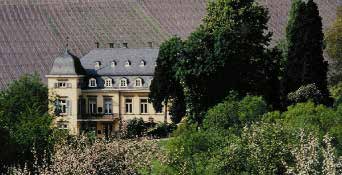
Egon Müller is widely hailed as the "King of German Riesling," reflecting his preeminent status and widespread international recognition (Jancis Robinson, 2023). The Scharzhof Estate has been passed down through four generations of the Müller family, with each generation contributing to its esteemed reputation for excellence, embodying the family's relentless pursuit of quality (Decanter Magazine, 2022). Egon Müller’s wines are among the most sought-after and rare in the world, with limited production making them highly prized by collectors (Wine Spectator, 2021). This also makes Egon Müller a regular fixture in auction houses, with his Trockenbeerenauslese (TBA) frequently topping the charts as the world’s most expensive sweet white wine for many years.
These wines perfectly reflect the unique terroir of the Saar region, providing an authentic expression of this exceptional growing area (Antonio Galloni, Vinous Media, 2020). Through meticulous vineyard management, Egon Müller ensures only the highest quality grapes from his vineyards are used, resulting in wines of unparalleled depth and complexity (Robert Parker's The Wine Advocate, 2019). His wines have earned international acclaim, solidifying his position as one of the world’s premier winemakers (Wine Enthusiast, 2023). As a distinguished member of the Premier Familles du Vin (PFV), Egon Müller stands alongside other world-renowned estates, collectively illuminating the global landscape of premium wines.

The Mesta was a powerful association of shepherds in Medieval Castle, controlling the routes for herding sheep across the country. Our vineyards are nestled deep in the land of the Mesta, and are still passed over by flocks on their annual migration, an authentic reminder of ancient rights and a cultural cue for continuing co-existence with nature. Through organic viticulture and respectful winemaking, we produce wines of great purity, reflecting the unique personality of our land.
Ramón Castaño Santa is the founder of Bodegas Castaño a family winery located in Yecla, a small wine region in southeast Spain. He started out making bulk wines back in 1950 but now focuses on bottled wines. Today his three children work in the business: Ramón, Juan Pedro and Daniel Castaño.
They own over 450 hectares of vines, planted predominantly to the region’s most planted red grape variety, Monastrell. Monastrell, also known as Mourvèdre in France, likes sun and thrives in warmer climates. The vineyards are up to 750m in altitude helping the grapes retain their fresh acidity. Both the Macabeo and Monastrell are unoaked and abound with primary fruity flavours. They are best drunk while
young with or without food.

Bodegas Frontonio is the result of dreaming, of believing that it is possible, and of working with an objective: our land. It is the result of people who have come together with a common purpose: wine made by people, for people. Valdejalón, an unknown and exceptional area with a special terroir set between Calatayud and Campo de Borja, the cradle of the Grenache grape.
The essence is currently the same: to make garage wine – or, to put it better, to make wine in a garage. Those of you who have visited us are the only ones who know that behind a small retail-wine shop, our secret lies hidden. We seek out and we rehabilitate small, century-old gardens of vines.
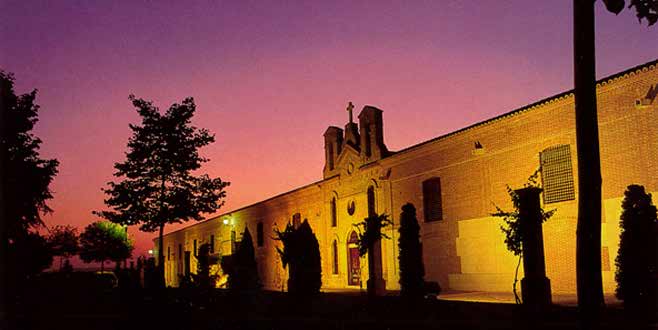
Considered as the First Growth of Spain, Vega-Sicilia was founded in 1864. It captures the essence of exceptional soil and high-quality varieties that have made it the flagship of the Ribera del Duero region. Only a chosen few enjoy a name that endures over time and becomes a phenomenon with legendary associations. Vega Sicilia has managed it, not as a winery that produces wines, but as a synonym for prestige (mystery, inaccessibility or it could be called a legend).
Vega-Sicilia wines are rare and limited with an anonymous waiting list of privileged "subscribers" never exceeding 4,000. As with nearly all great wines, over time Vega-Sicilia has received tributes from well-known figures who publicly proclaim their adoration for the Ribera del Duero label. Such was the case of the famous statesman and gourmand Sir Winston Churchill, who regularly received his corresponding ratio of bottles.

Jean Leon was an extraordinary person with a unique instinct for being ahead of his time. After immigrating to the United States in the late 1940s, he started his career in Hollywood working as a waiter for Frank Sinatra at the Villa Capri. His first important project started thanks to his friendship with James Dean, who helped him to fulfill the dream he’d had since his arrival in California: creating the most luxurious restaurant in Hollywood, which they called “La Scala”. The restaurant opened in 1956 and quickly became the meeting place for actors, directors, producers and influential politicians, into a point of reference and a glamorous setting in the heart of the Hollywood scene, eventually making its way to presidential dinner at the White House. Known and respected in culinary and oenological circles, in 1963 he decided to embark on the adventure of creating a wine that would bear his name: JEAN LEON.

The rising star of Spain.
“Impressive new winery that is already turning out wines of exceptional quality.” – Robert Parker
The Abadía Retuerta winery is located at the center of the privileged, wine growing area, The Golden Mile, where Spain’s most prestigious brands of wine are elaborated. With the winemaker from Château Ausone, and a determination to make the best wine in Spain, Abadía Retuerta may soon become Spain’s Iconic wine.

Macán, a joint project by the two legendaries: Benjamin de Rothschild from Bordeaux and Vega-Sicilia in Ribera del Duero. The vineyards are located in Rioja Alaves with vines over 30 year old and some even over 90 years. Made from 100% Tempranillo and aged in French oak barrel 14-18months, the Macán wines show the best Terrior of Rioja and the winemaking excellence.
Legacy of Leadership and Innovation: Torres Wines is a distinguished Spanish wine producer with roots dating back to 1559, when the Torres family first engaged in viticulture. Officially established in 1870 the winery later became a leader in modern winemaking under Miguel A. Torres. After studying in Dijon, France, he pioneered the introduction of international grape varieties like Cabernet Sauvignon and Chardonnay to Spain in the 1960s, positioning Penedès at the forefront of the wine industry.
Unmatched Consistency in Wine Excellence: Familia Torres has been named the #1 Most Admired Wine Brand by Drinks International for 7 of the 14 years the award has existe d, and always is ranked within the top 4 every year.
Diverse Portfolio Across Regions: With over 1,100 hectares of vineyards across some of the most prestigious Spanish regions—including Penedès, Priorat, and Rías Baixas—Familia Torres offers a wide range of wines that cater to different price points, palates and occasions.
Member of The Primum Familiae Vini (PFV): The PFV is an exclusive association of twelve prestigious, family-owned wineries from Europe's most renowned wine regions, and produce some of the world's finest wines.
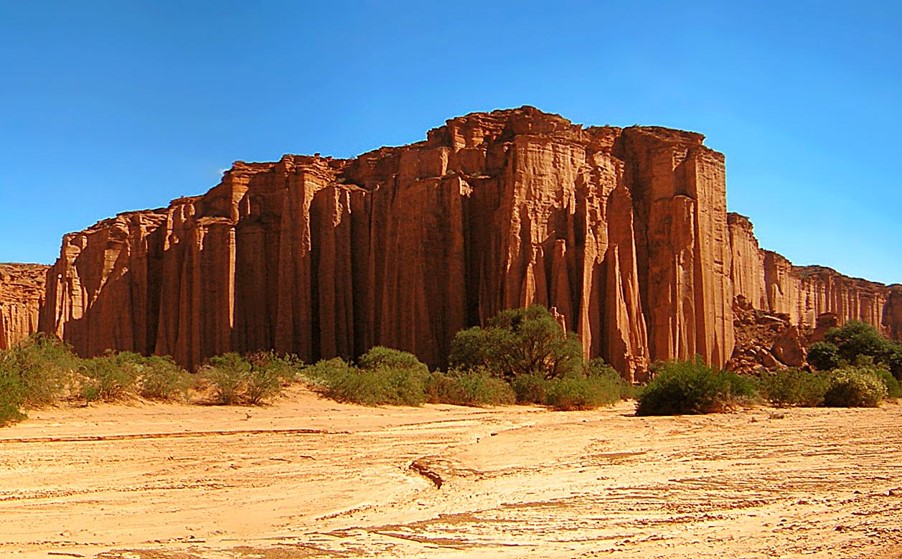
Altaland is a wine dedicated to highlighting the extraordinary viticultural and cultural diversity of Argentina and its regions. Altaland is the flavor of a limitless Argentina.
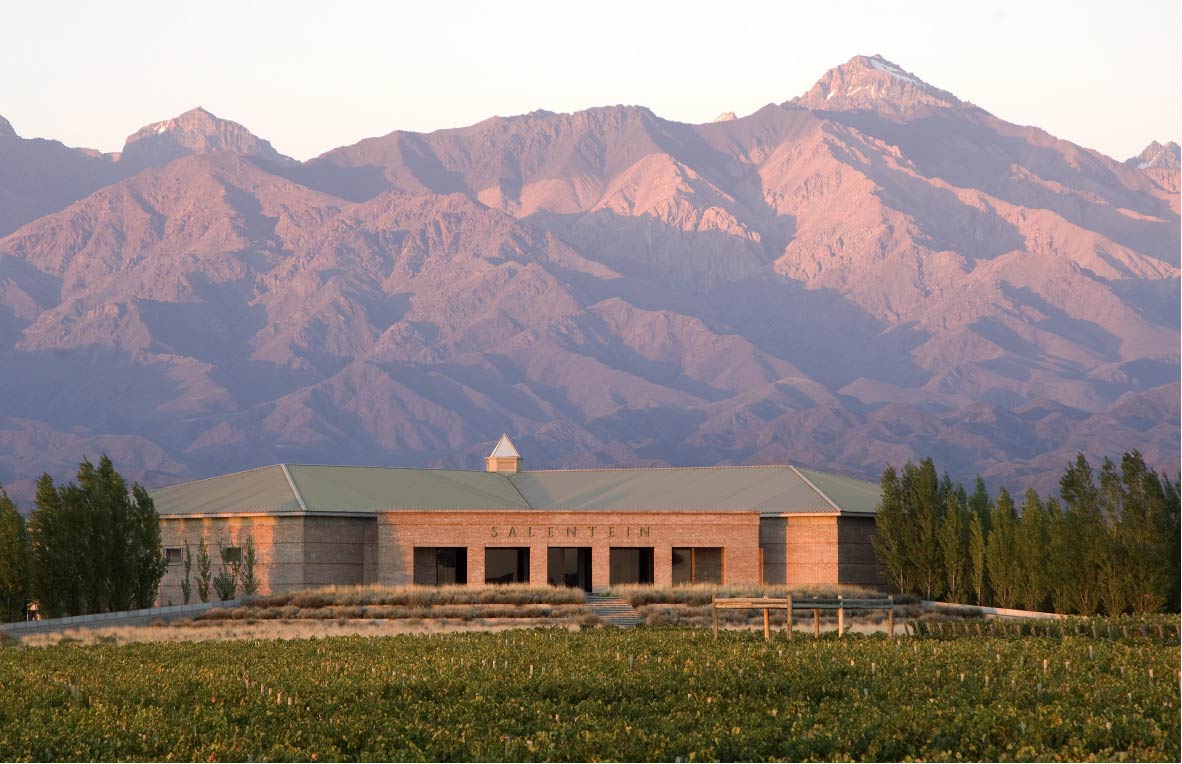
Bodegas Salentein pioneered the development of premium wines in the Uco Valley. The ideal condition of the region for grape growing combined with the unique qualities of their estates located between 1,050 and 1,700 meters high, together with the benefits of their five different microclimates, results in wines of exceptional characteristics. Today, JOSÉ GALANTE is considered to be one of the most influential and important winemakers in the country. His winemaking philosophy is to "fully preserve the full spectrum of fruit aromas and flavors through a smooth, gentle winemaking process and leading edge technology." He believes oak should be present in a wine but without destroying the character of the varietal or the terroir.
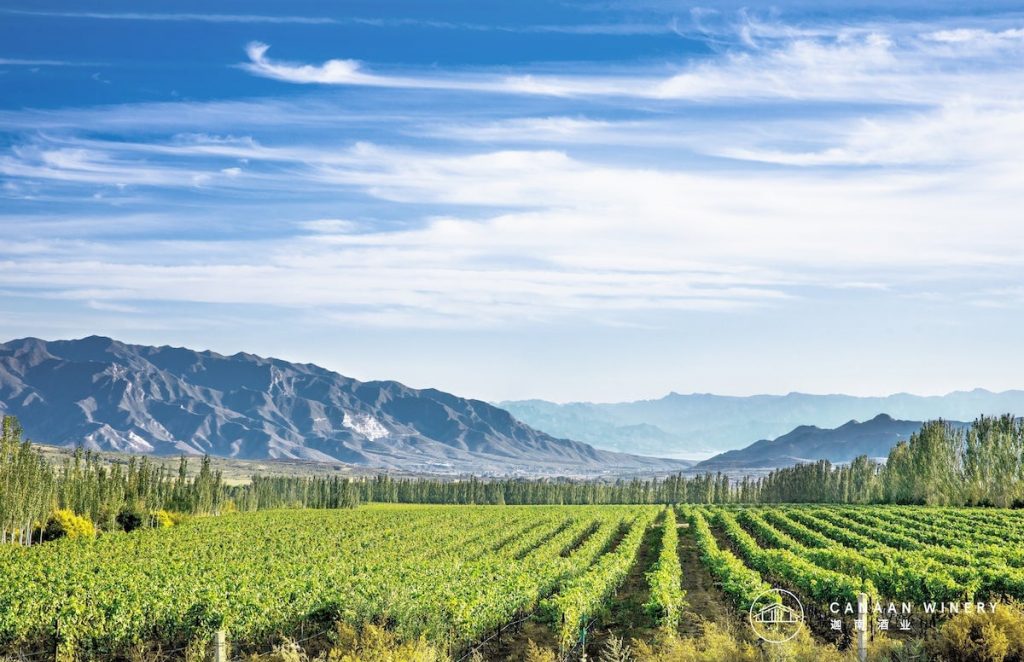
Chapter and Verse, or “Shibaipian”, a hundred poems originated in the 8th century by the work of beloved poet Dufu. A fine wine is like an alluring poem, presenting itself the ultimate marriage of beauty and goddess. A hundred poems transcend the richness of local terrior, vitality of grape vines, dynamic of living soil and the craft of skilled wine making.
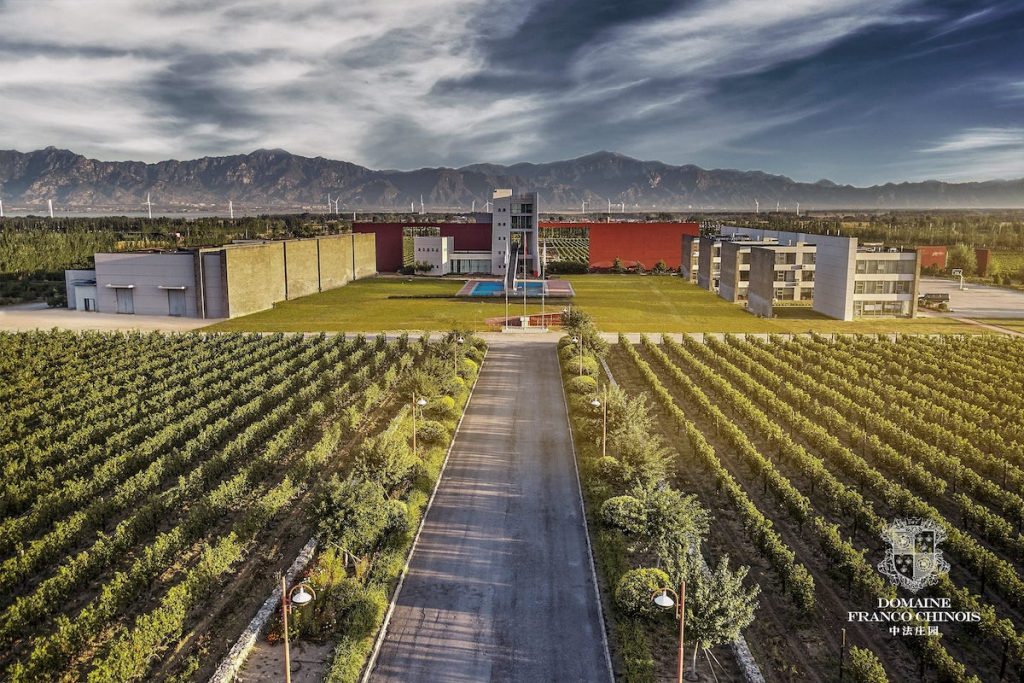
Domaine Franco Chinois (DFC) is a boutique winery located in Huailai, Hebei Province in central Northern China, the winery was founded in 1999 with the support of former Chinese Prime Minister Wen Jiabao and French President Jacques Chirac. DFC originally was a join venture between the two great nations France and China, hence the name of the winery.

Wines and fruit-liqueurs from Burgundy and Beaujolais. "We do well only that we know well". This has always been Trénel’s motto. Maison Trénel is a company made of traditions, Burgundian traditions, those of fruit-liqueurs and wines.
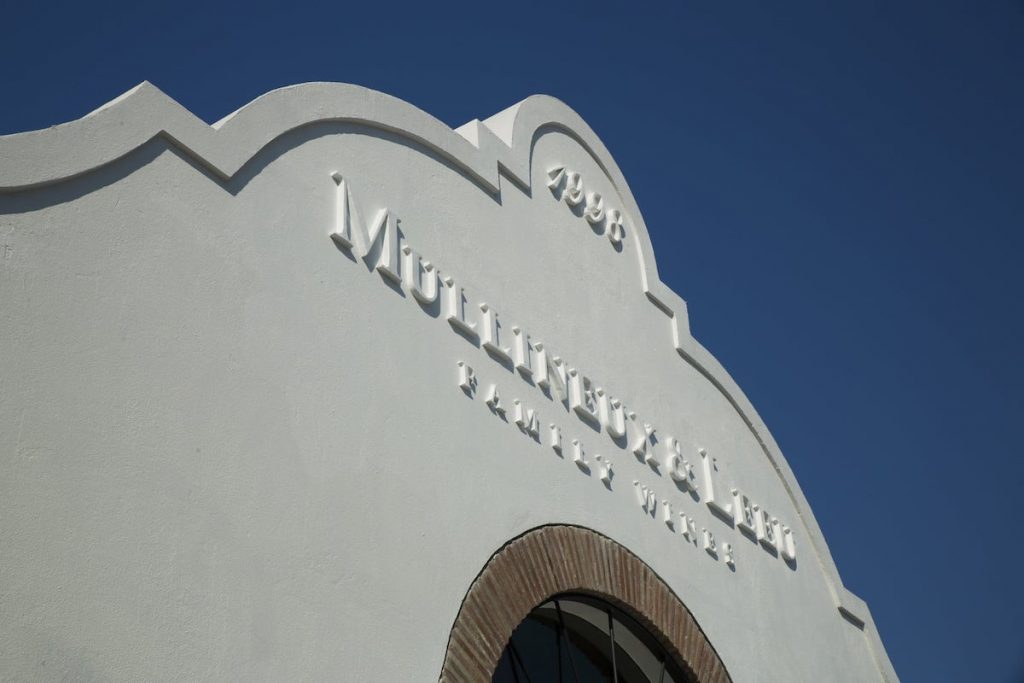
Mullineux is a small and highly focused family winery. Established in 2007 by Chris & Andrea Mullineux. It focuses on Swartland Region with reasoned farming on old vines, and modern minimalist winemaking.
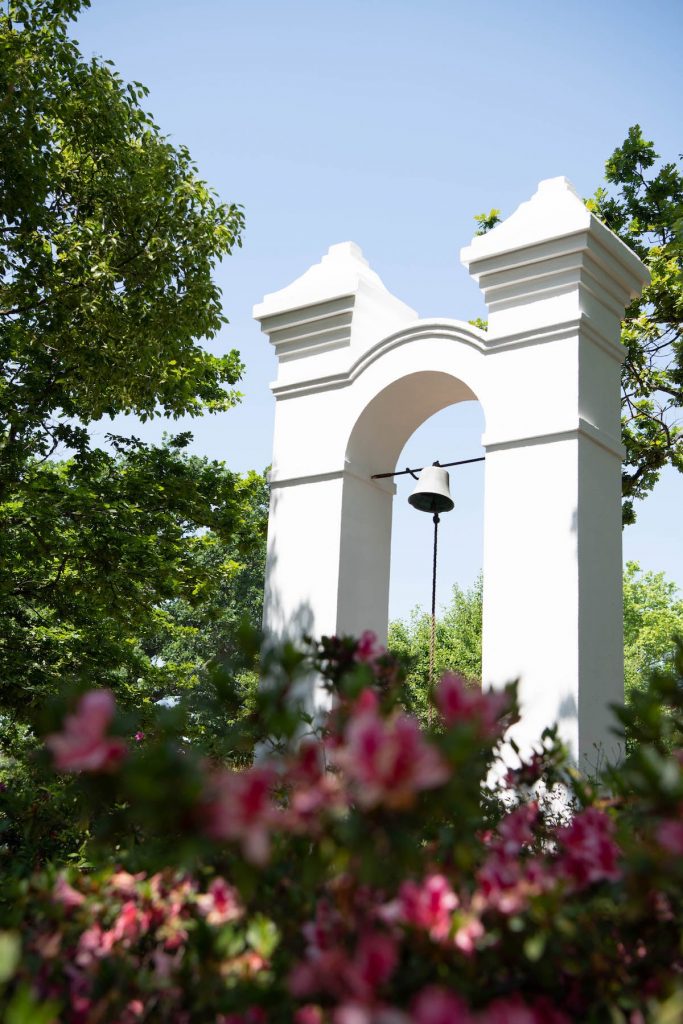
The history of Bellingham began in 1693 when the land was purchased by Gert Janse van Vuuren. Married to a French Huguenot, they called the land Bellinchamps – French for Pretty Fields. Bernard Podlashuk replanted the Bellingham vineyards and brazenly set about introducing a fresh air to the country’s wine offering. In 1957, he introduced the first wine made from Shiraz grapes. Until today, Bellingham‘s Syrah is loved by consumers around the world.
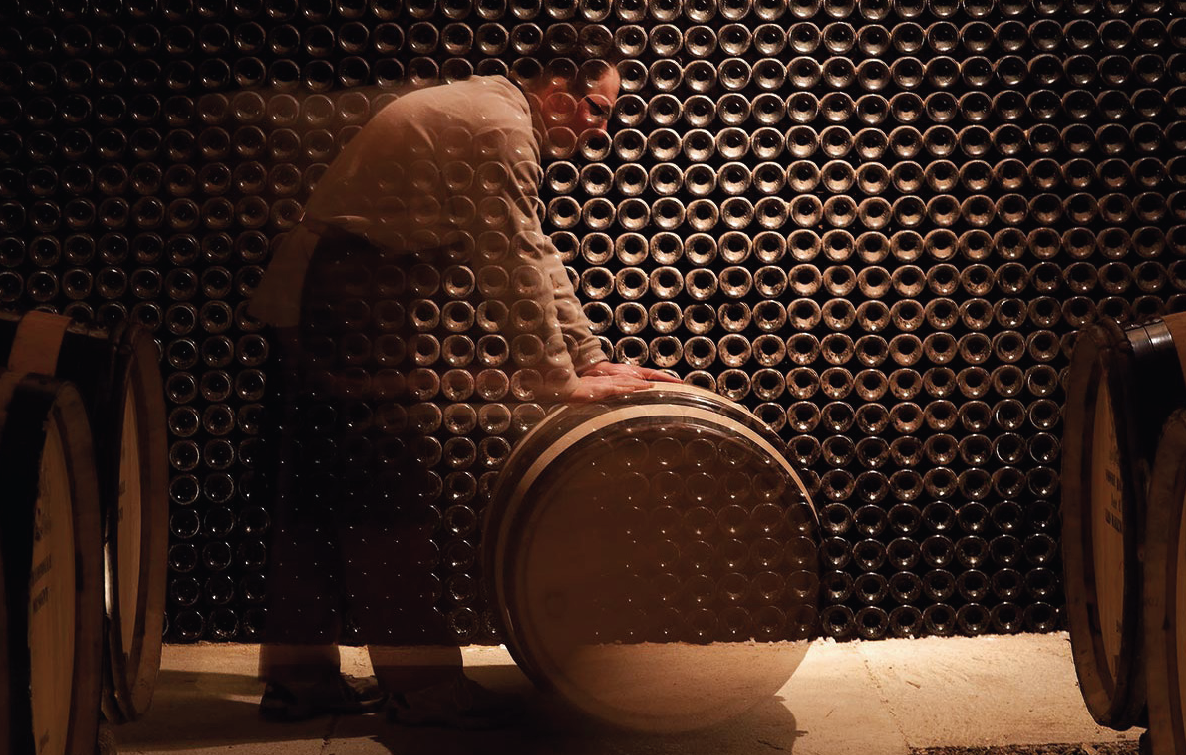
The Bichot family who settled in Burgundy in 1350 and founded their wine business in 1831, onehundred and ninety years ago is also behind the Jean Bouchard wines. In 1926, the Bichot family began a partnership with Jean Bouchard, a company then based in Bordeaux. The Bichot family purchased the company in 1955, allowing Jean Bouchard to continue to run the business. As anhomage to Jean’s past legacy, the label was revived in early 2000 especially for the retail channel. The family is big on sustainability and viticulture is carried out by following this concept.While Jean Bouchard wines are sourced from different regional growers, it shares the samewinemaking team and facilities which are owned by Albert Bichot.
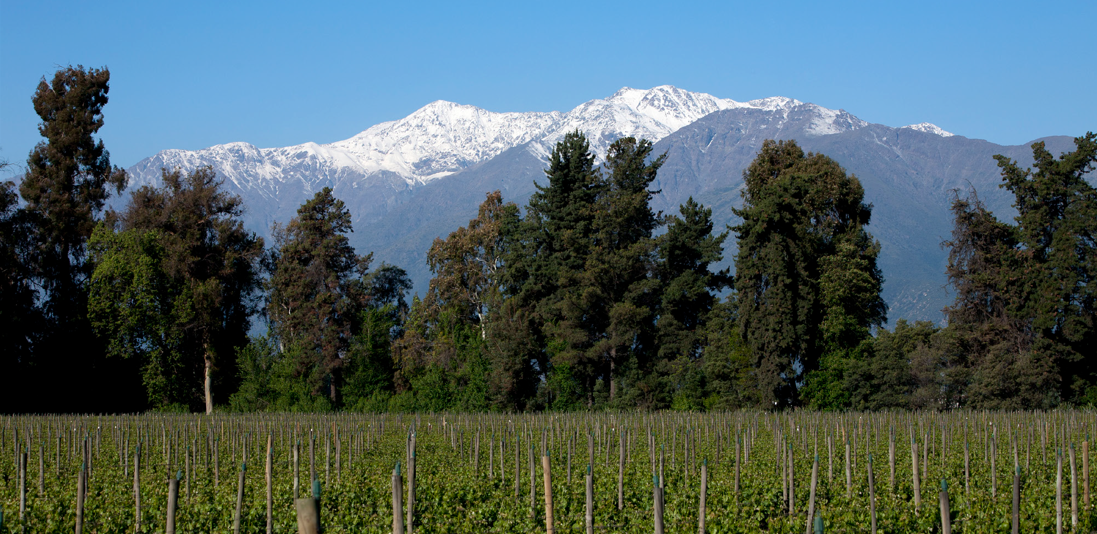
Eduardo created Viñedo Chadwick to honor his father Don Alfonso Chadwick Errázuriz in 1992 with the first vintage made in 1999. The grapes come from a vineyard planted on Alfonso’s former polo pitch in Puente Alto, Maipo which is at 600m in altitude. Puente Alto is now recognised around the world as a fine place to grow Cabernet Sauvignon with rivals having vineyards in the same region.
The Cabernet and Petit Verdot grapes were hand harvested and double sorted before fermentation in small lots in stainless steel tanks. The wine was then racked into French oak barrels, 80% new and Stockinger foudres for malolactic conversion and ageing for 22 months.
This is the wine that took top place at the 2004 against Bordeaux First Growths, not a small feat for a relatively new wine region.*
*1-Viñedo Chadwick 2000; 2-Seña 2001; 3-Château Lafite-Rothschild 2000
For further details please refer to: https://theberlintasting.com/from-berlin/
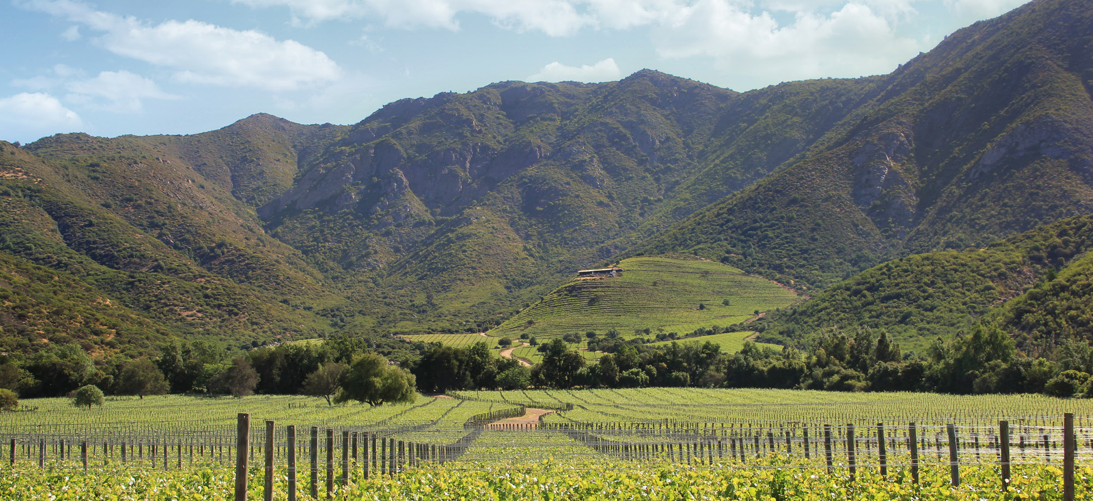
One of the longstanding goals of Eduardo Chadwick is to have Chile recognised on the world stage to be capable of producing fine wines that rival traditional fine wine countries. Seña was created as a joint venture between Robert Mondavi and Eduardo Chadwick in 1995 with this in mind. As of 2005, the Chadwick family are now sole owners of this project.
It took four years for them to find a place to plant specific vineyards for this project. In 1998, 42 hectares were planted on hillsides of the Aconcagua Valley with Bordeaux red grape varieties. The vineyards are farmed biodynamically and use sheep to graze the vineyards and to provide natural fertiliser.
Eduardo seemingly achieved his goal in 2004 at the Berlin Tasting when he included Seña and Viñedo Chadwick in a blind wine line up against top Bordeaux Châteaux including Lafite, Magaux and Latour to 36 European wine experts. Viñedo Chadwick 2000 and Seña 2001 came out among the 3 award-winning wines*, which surprised and impressed many wine experts.
*1-Viñedo Chadwick 2000; 2-Seña 2001; 3-Château Lafite-Rothschild 2000
For further details please refer to: https://theberlintasting.com/from-berlin/
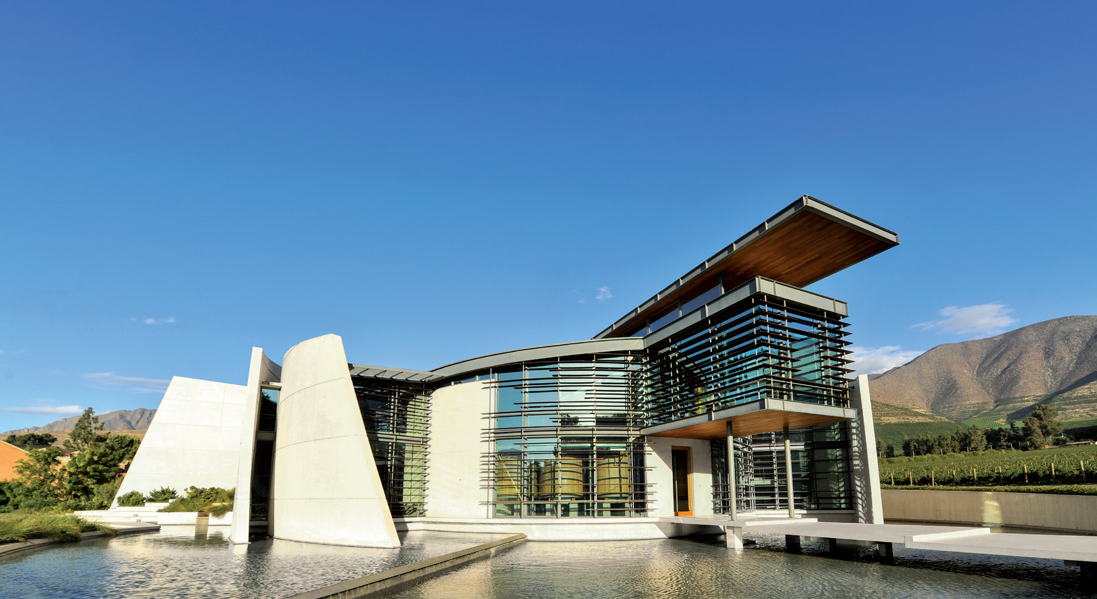
Viña Errázuriz was created in 1870 by visionary Don Maximiano Errázuriz who planted vines in the Aconcagua Valley, 90km from Santiago. The long Aconcagua Valley benefits from a Mediterranean climate with winter rainfall, access to water and coastal areas. This makes it unique for being able to grow a wide range of grape varieties from reds to whites that typically require a cooler climate. Today, the fifth generation of the Errazuriz family, Eduardo Chadwick Claro runs the company.
Take our very beginnings in 1965, when California winemaker Davis Bynum first created Barefoot in his garage. The unconventional name referred to the free-spirited method of crushing grapes barefoot. For more than 50 years, with Barefoot fruit-forward and smooth taste profile, innovative and inclusive brand spirit. The brand has established its foothold across six continents and become the hot-selling and highly recognized wine brand worldwide.
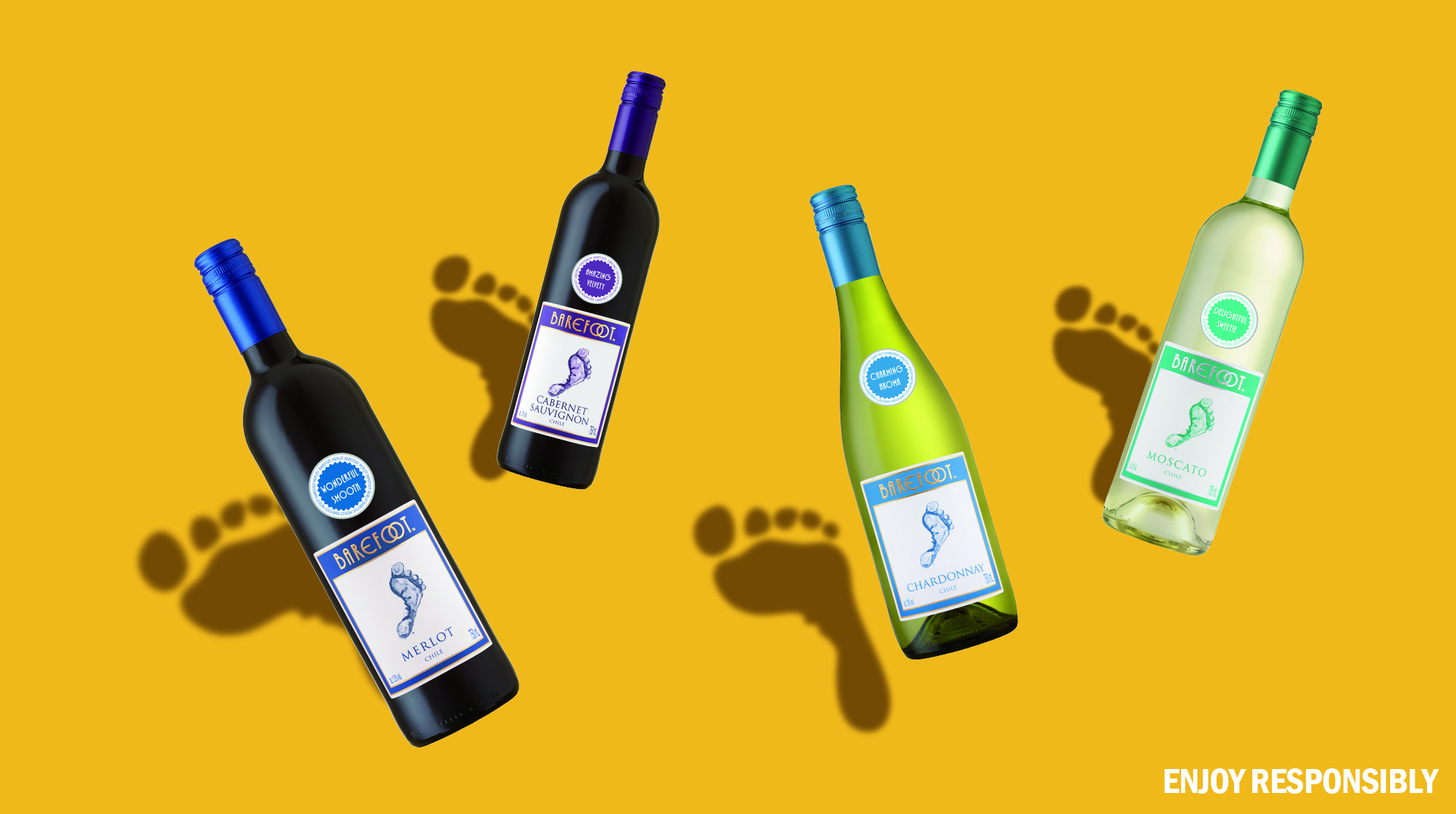
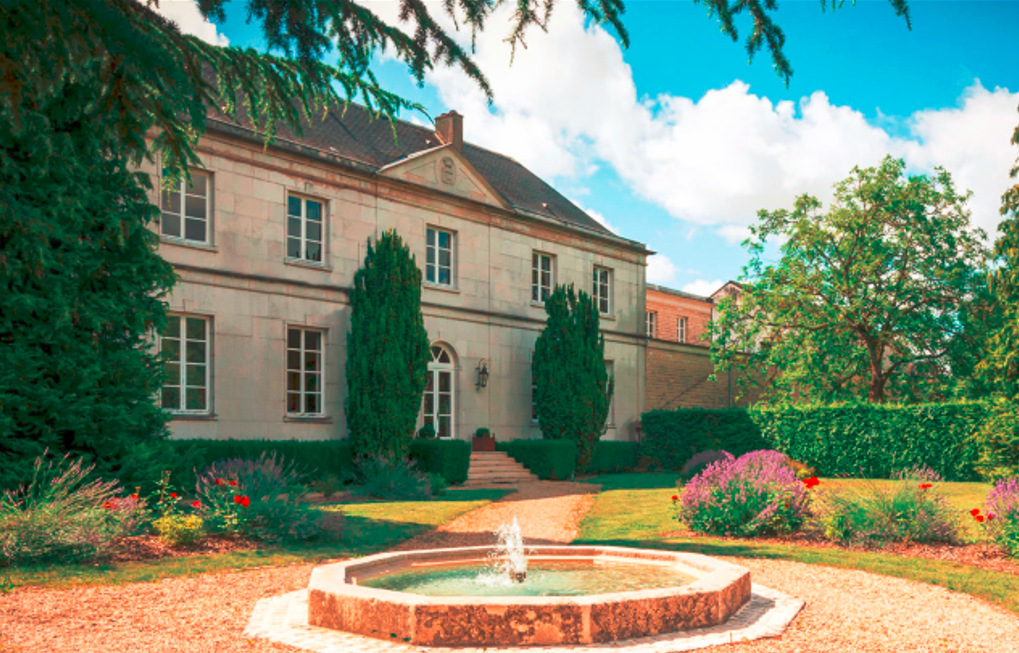
The Bichot family settled in Burgundy in 1350 and founded their wine business in 1831, one hundred and ninety years ago. Today, Alberic Bichot is the 6th generation to run this historical house that is headquartered in Beaune. They own six estates in Burgundy with 100 hectares of land. The wines from their own estates are made from 100% estate grown fruit under the various domaine names, while the wines under the Albert Bichot label are from their negociant business of purchased grapes. The family is big on sustainability and no synthetic chemicals are used in viticulture. In the winery the aim is for a light touch allowing the wines to show their sense of place.
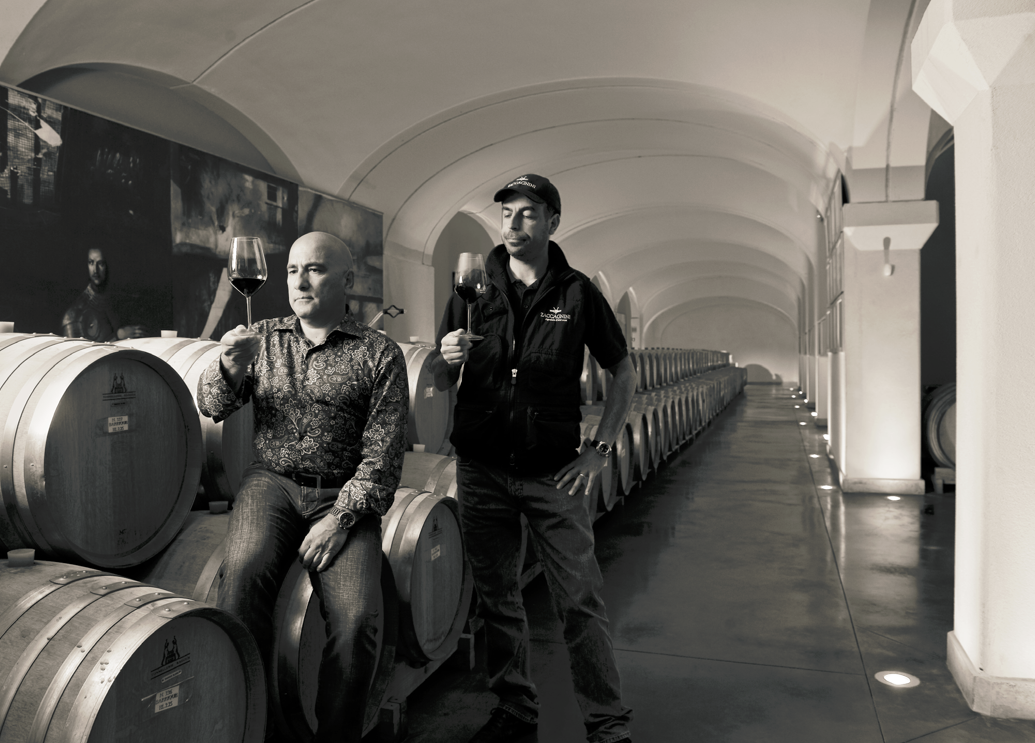
Cantina Zaccagnini was established in 1978 by the Zaccagnini family and is located in Bolognano in the heart of Montepulciano d’Abruzzo. Today Marcello Zaccagnini continues the traditions laid down by his father Ciccio. The winery has close ties with the art world as many works hang in their cellars and are positioned around the winery. There are 150 hectares of vines farmed sustainably. Every bottle comes with a tralcetto or stem tied to the bottle as sign of respect and love of the land and vineyards.
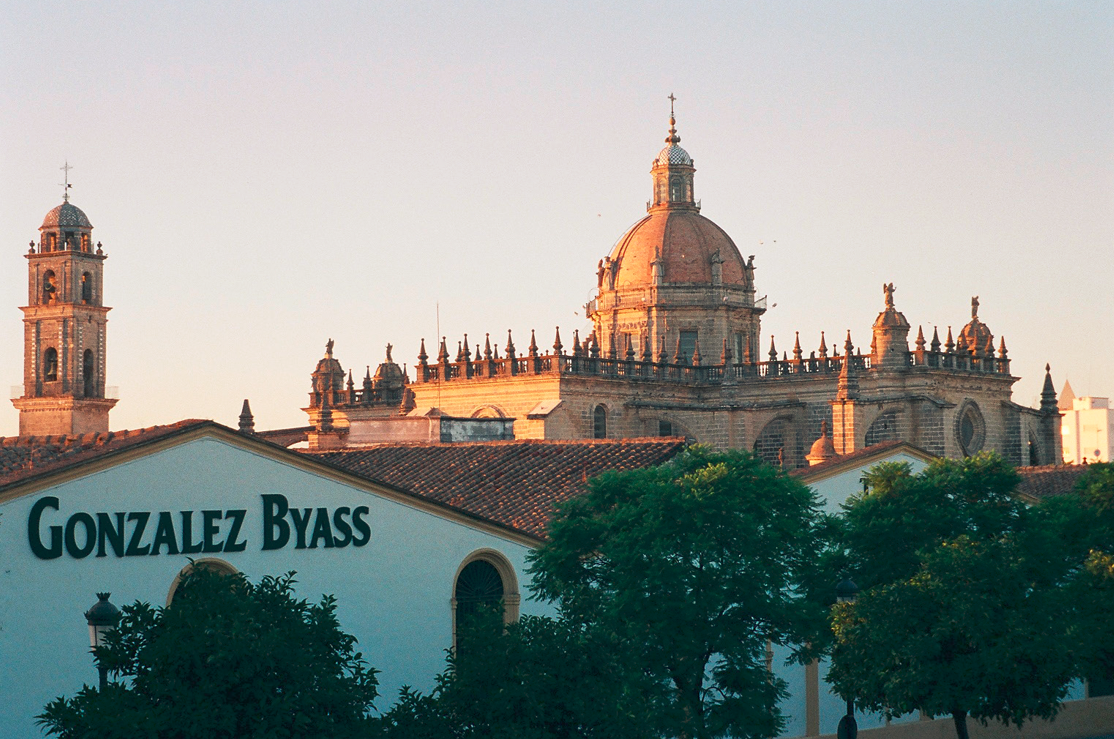
While Tío Pepe is a brand name for their fino sherries, González Byass is the name of the company and the brand of their wider sherry range.
Following on stylistically from the lighter styled dry sherries to richer styled dry and sweet, is González Byass Amontillado Viña AB. It begins as a Tío Pepe Fino ageing under the flor yeast but loses its flor and is subject to oxidative ageing which results in amber colour, increased concentration with richer hazelnut, saline notes. Next is the Alfonso Oloroso that begins with fortification to 18% abv and has no flor so is aged oxidatively for its entire life. It is aged for at least 8 years, resulting in a deep amber colour with aromas of walnuts, truffle and leather. The Leonor Palo Cortado has 12 years of age and it is fortified to 18% abv and it has a light mahogany colour with aromas of roasted hazelnuts and bitter orange.
Sherry can be made sweet when blended with sweet Pedro Ximénez (PX) Sherry. Cristina Medium is an Oloroso blended with a sweet Pedro Ximénez Sherry that results in 40g/l** of residual sugar. Oloroso and Pedro Ximénez sherries spend four years ageing separately in their soleras before being blended and aged for another three years before release. It is medium sweet with flavours of sultana raisins, dried figs and vanilla on the finish. Solera 1847 is a Cream Sherry with 128g/l** of residual sugar. It is a blend of Oloroso and sweet Pedro Ximénez Sherry aged four years separately and then four years together, which results in a perfect balance of rich nuttiness and sweetness. On the nose we have aromas of raisins, vanilla, oak and a slight hint of almonds. On the palate we have dried dates with caramel and roasted nuts on the finish. Nectar is at the very sweet end and exactly as described, a nectar of Pedro Ximénez grapes with 370g/l** of residual sugar. It is aged on average 8 years and is ebony in colour with a rich nose of raisins, dates, treacle and molasses.
In the VORS range, a rare collection of sherries, each Sherry is made in the same way as their younger counterparts but receives additional ageing to bring up the average age to 30 years by putting them in their respective VORS soleras where they gain their characteristic concentration and immense complexity.
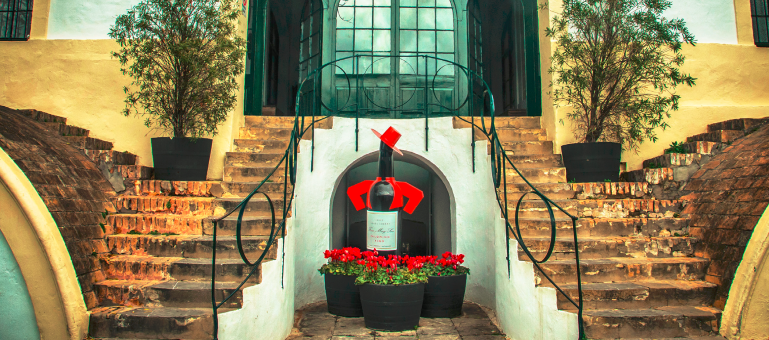
Tío means uncle in Spanish, with the brand being named after the beloved uncle Pepe of founder Manuel María González Ángel. Manuel was only 23 years old when he began his business in 1835, in Jerez, Spain. Today, Tío Pepe is a globally recognised Sherry brand and is still produced by the fifth-generation descendants of Manuel. The Byass, in the company name González Byass, is the result of the partnership with their English sales agent and wine merchant Robert Blake Byass which began in 1844.
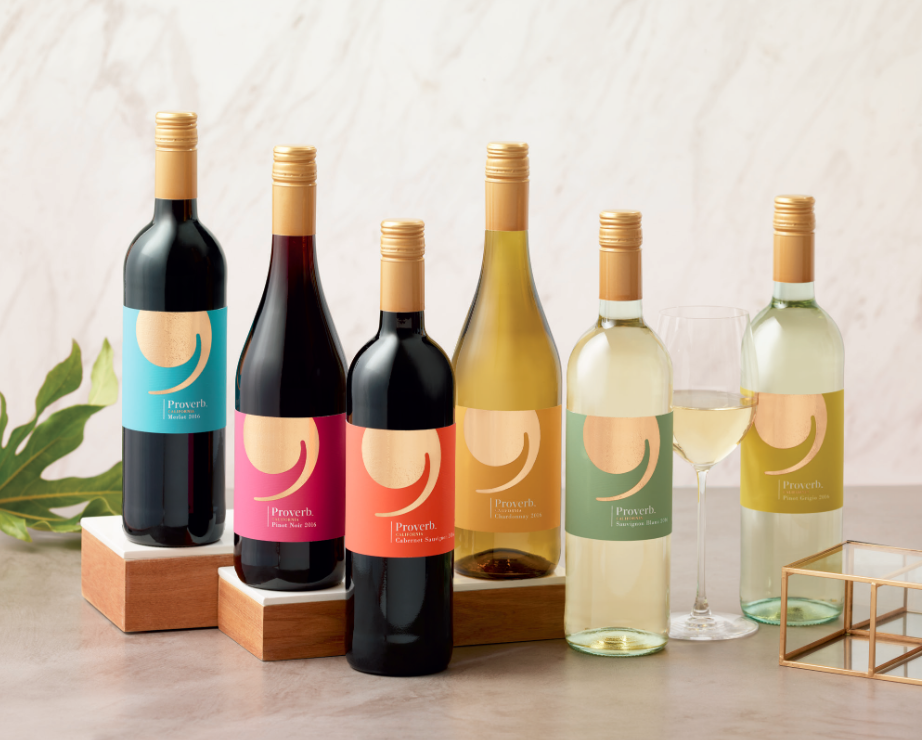
Proverb celebrates the bond between wine, culture and the wisdom of life. Our rich, memorable and fruit-forward wines are carefully crafted with California grapes, harvested at optimum ripeness, for superlative flavor. Every glass of Proverb is a celebration of the connection between wine and the wisdom that comes with a life well-lived.
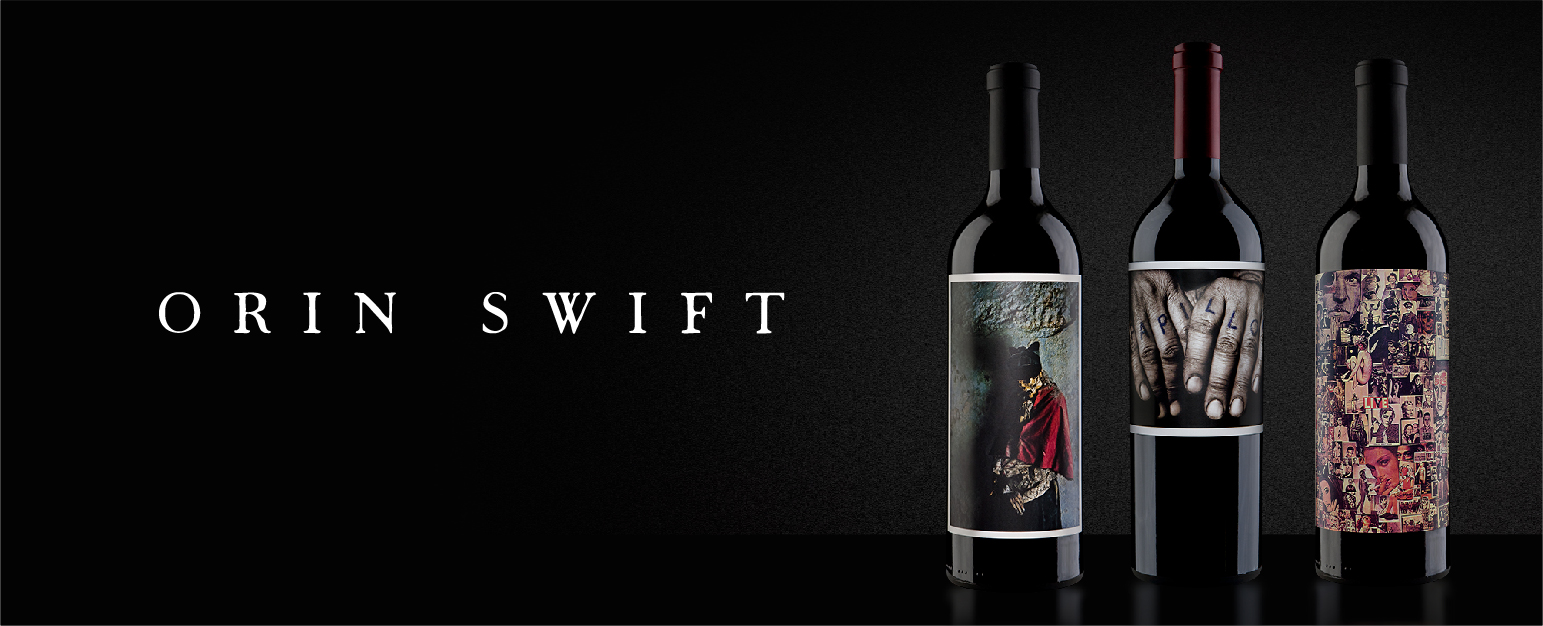
A bottle, a story and a Soul
Dave Phinney - Winemaker of the year 2019 <Wine Enthusiast>*
Orin Swift, led by winemaker Dave Phinney, is a brand known as much for its creative and evocative expression of art on the front of the bottle as it is the bold, yet finessed styling within the bottle. Based out of Saint Helena, within the prized Napa Valley, Orin Swift features a portfolio of wines that appeal to a variety of senses. It all begins in the vineyard. Sourcing for the Orin Swift family takes Dave across the state of California, with special interest in the Napa Valley, Sonoma County and Santa Barbara. He sets his sights on small lots within the most coveted growing regions while ensuring that only fruit of the highest quality makes it in to the final blend. Every wine in the portfolio, from the vineyard source to the distinct artwork adorning the label, offers a unique point of view while creating a heart-skipping impression.
https://www.winemag.com/gallery/wsa2019winners/?fbclid=IwAR2NjARj1b0fD3GQ5NPID_DqhIAgEagdh1E8jzmdcZFSi
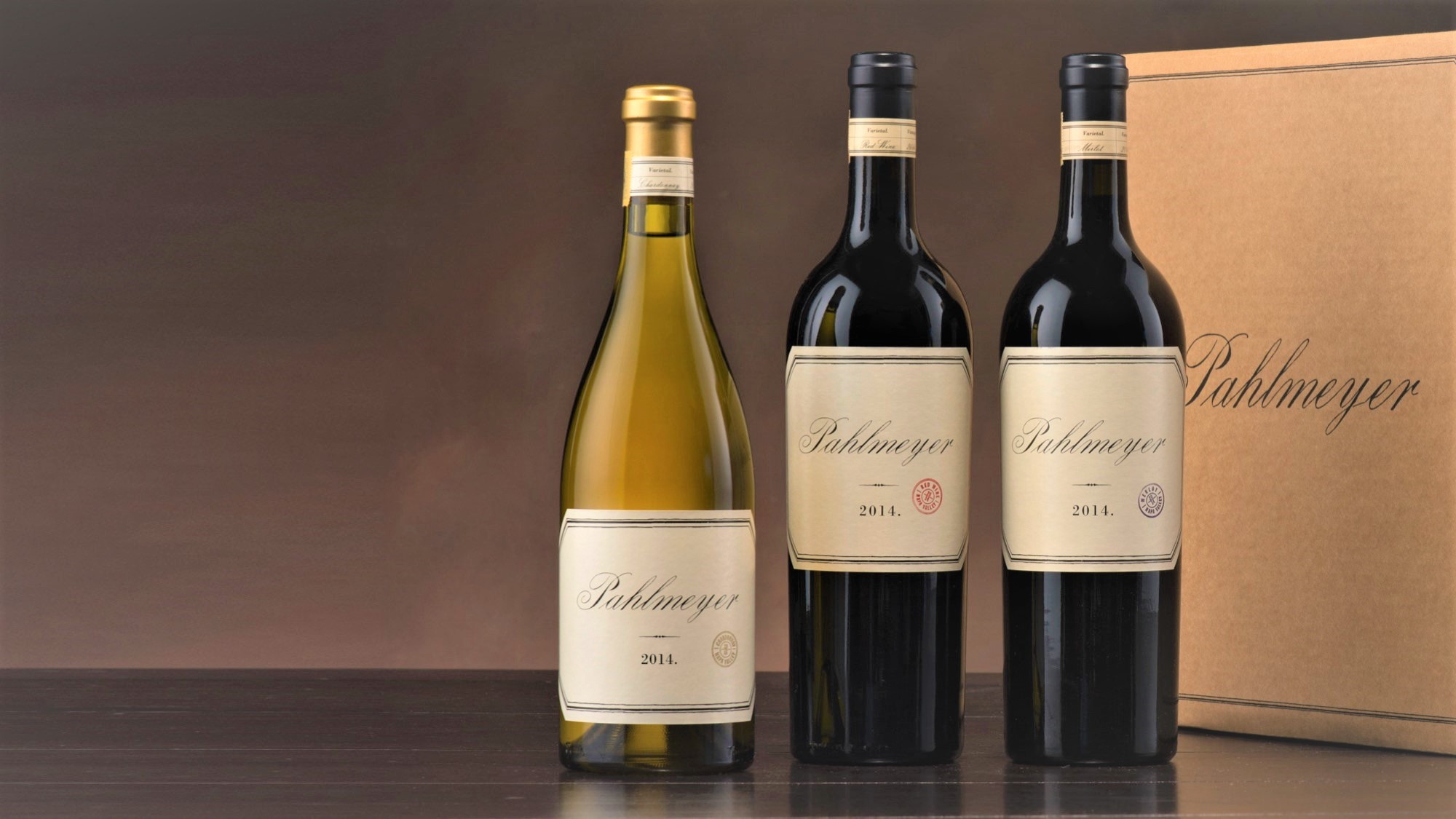
Iconic Napa wines including powerful bordeaux blend
“Things just get better and better at Pahlmeyer.” – Robert Parker, Jr. (The Wine Advocate)
Pahlmeyer was founded by a desire to be great by its eponymous creator Jayson Pahlmeyer. With a dream to create a ‘California blend what would rival the best of Bordeaux', Jayson and his partners spared no resource to make this dream a reality.
Whether it was finding the perfect piece of land high atop Napa Valley’s Atlas Peak or covertly smuggling in Bordeaux cuttings, all pieces of Pahlmeyer’s history have led to its place as one of the established brand names from Napa Valley.
Following first release of ‘Proprietary Red’, Pahlmeyer found a great deal of success and an growing popularity with consumers and critics alike, including a rare 100-point score* from The Wine Advocate.
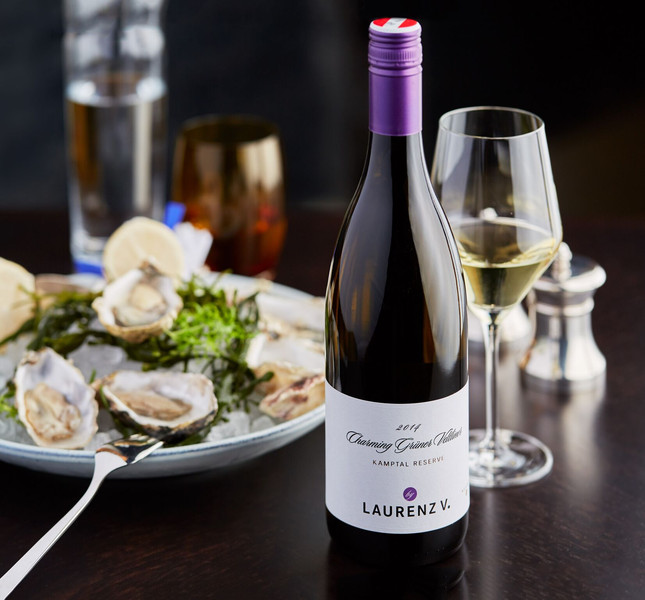
LAURENZ V. an Austrian boutique winery in the Kamptal valley produces an elegant, captivating style of Grüner Veltliner, vinified for international appeal and appropriate for diverse cuisines. The wines display brisk acidity, concentration of flavor, subtile spice notes, voluptuous texture and vibrant minerality.
LAURENZ V. grows grapes in the Kamptal and sources grapes from trusted growers in the Kamptal and Kremstal regions of Lower Austria, where Grüner Veltliner reaches optimal ripeness while retaining its trademark vivacity.
LAURENZ V. entirely focuses on Grüner Veltliner and produces several distinct proprietary Grüner Veltliners. The mission is to play a leading role in establishing Austria's signature grape - Grüner Veltliner - amongst the premium white wines of the world.
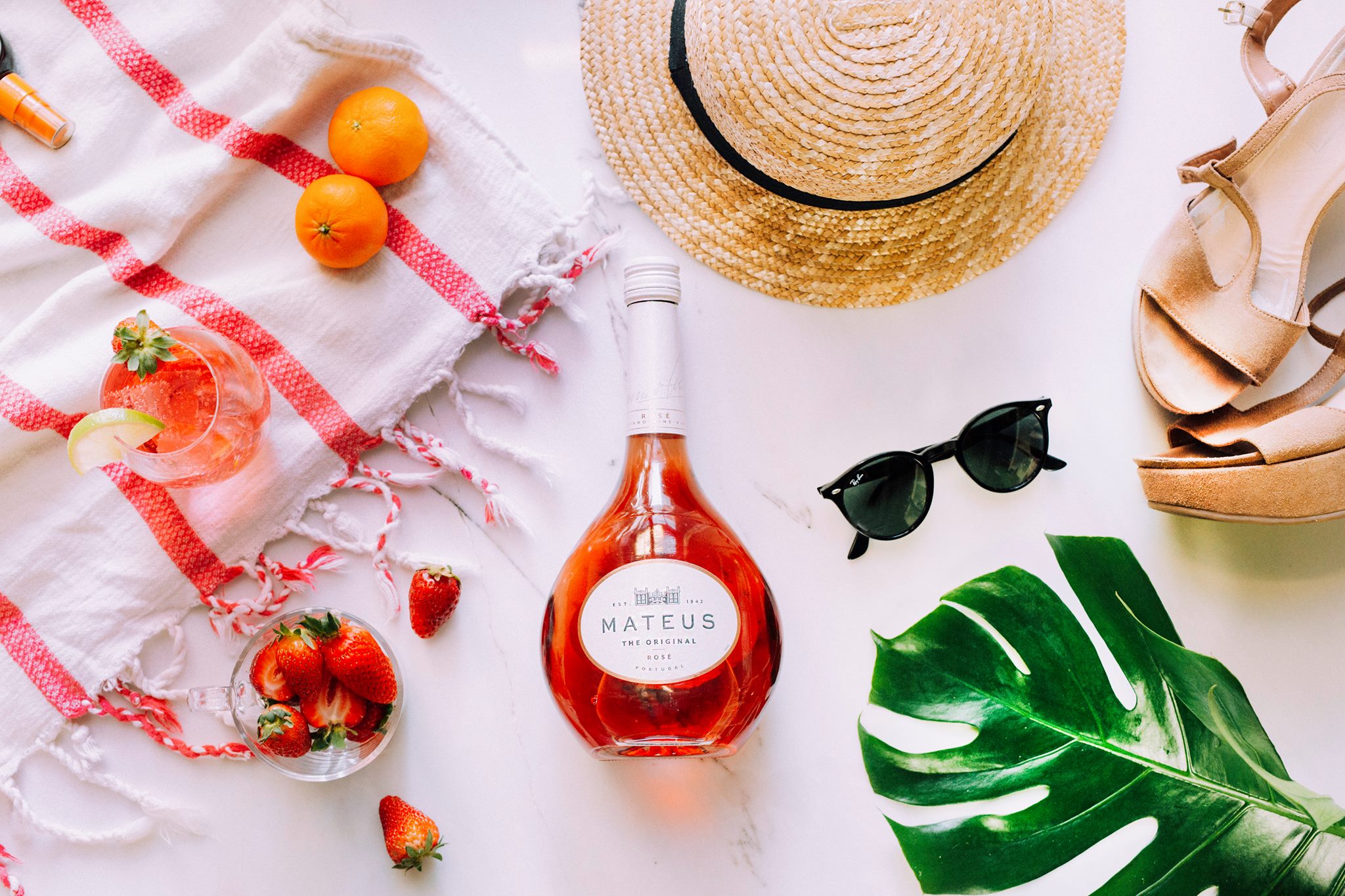
Mateus was launched in 1942 by Fernando Van Zeller Guedes, Sogrape’s founder and visionary who created the first Rosé wine from Portugal. It has a unique flask-shaped bottle, fresh and light with frizzy finish - Mateus Rosé is all about fun and togetherness. It is the #1 Portuguese wine sold in 120 countries around the world; and it has sold over 1 billion bottles after more than 75 years.
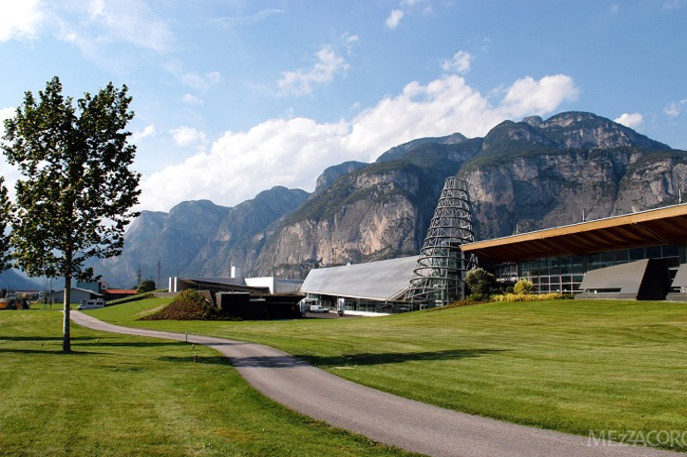
Anterra means “ancient land” in Italian, referring to the rich viticultural history of Italy. It is a Sicilian brand produced by Mezzacorona, a producer with over 110 years history. Anterra is estate bottled from 900 ha of sustainably farmed vineyards from two regions in Sicily: Sambuca di Sicilia in the West and Acate, in the South. Sicily being hot, sunny and Mediterranean allows for sustainable practices such as reduced use of chemical treatments. The winery is partially built underground which is cooler and require less energy use.
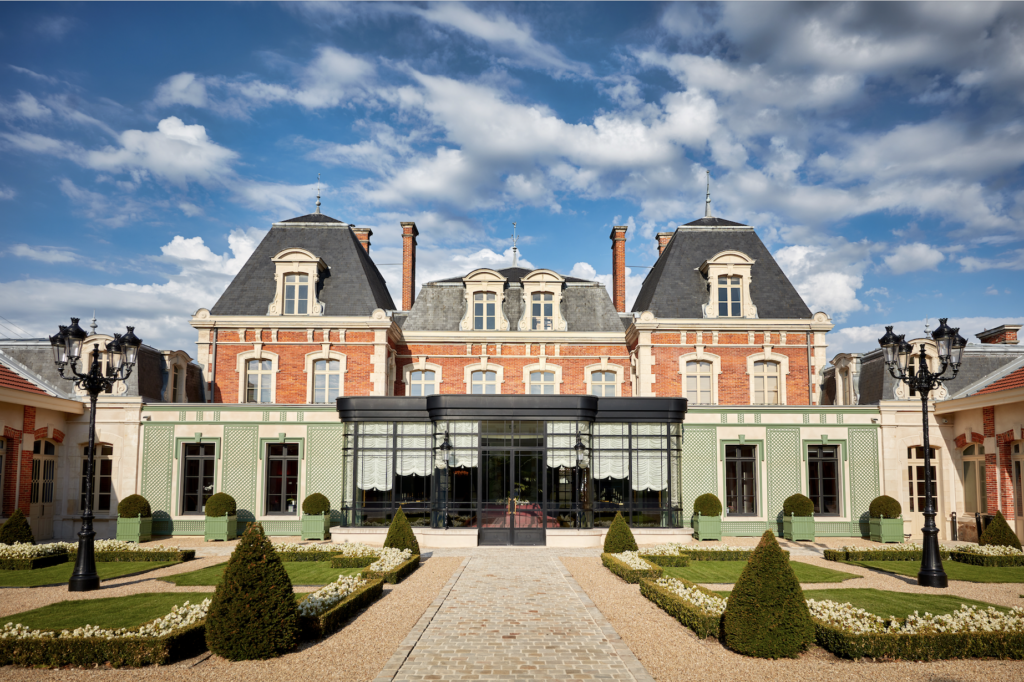
Pol Roger is both a champagne and a family institution with a tradition of excellence. Pol Roger founded his champagne house in Epernay in 1849. Through 5 generations and 160 years of history, Pol Roger's direct descendants have owned and run this proudly independent firm – one of the very famous in Champagne – whose wines are prized by champagne lovers throughout the world. Their famous Cuvée Sir Winston Churchill. Continuity, family, and striving always to improve lie at the heart of Pol’s success story.
It was prepared as Pol Roger's formal tribute to the company's distinguished customer.
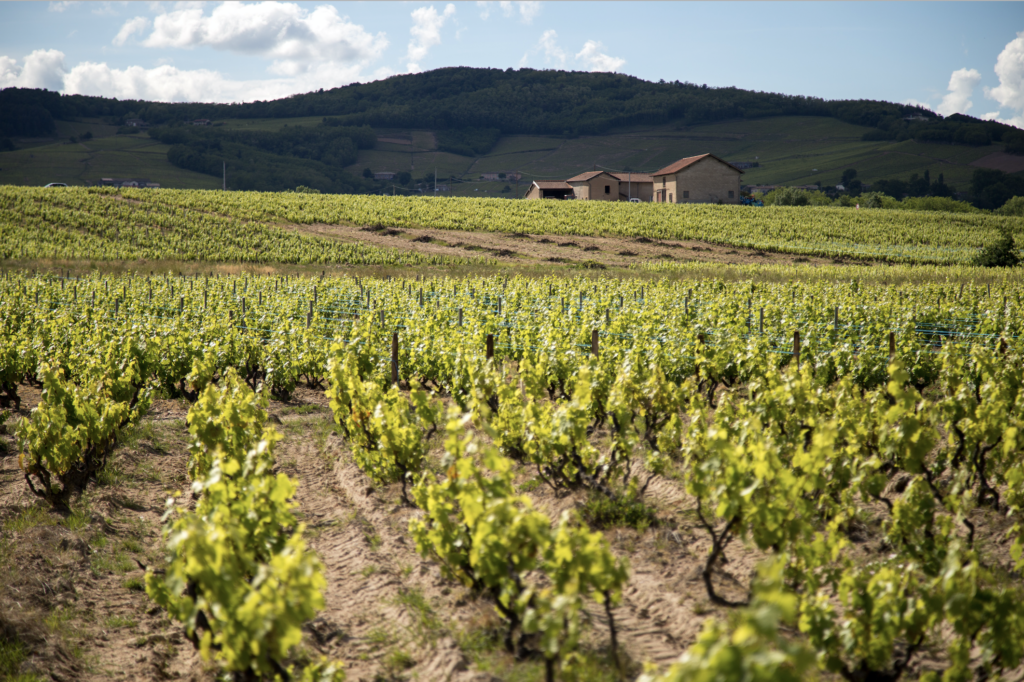 The estate Thibault Liger-Belair dates back to 1720 and developed a reputation as one of the representative estates of the Cote de Nuites in Burgundy. Thibault is the latest generation of this noble family and took over in 2003. He strictly applies since then his philosophy stating the necessity to follow the will of nature while crafting its wines, obtaining true, pure expressions of the terroirs.
The estate Thibault Liger-Belair dates back to 1720 and developed a reputation as one of the representative estates of the Cote de Nuites in Burgundy. Thibault is the latest generation of this noble family and took over in 2003. He strictly applies since then his philosophy stating the necessity to follow the will of nature while crafting its wines, obtaining true, pure expressions of the terroirs.
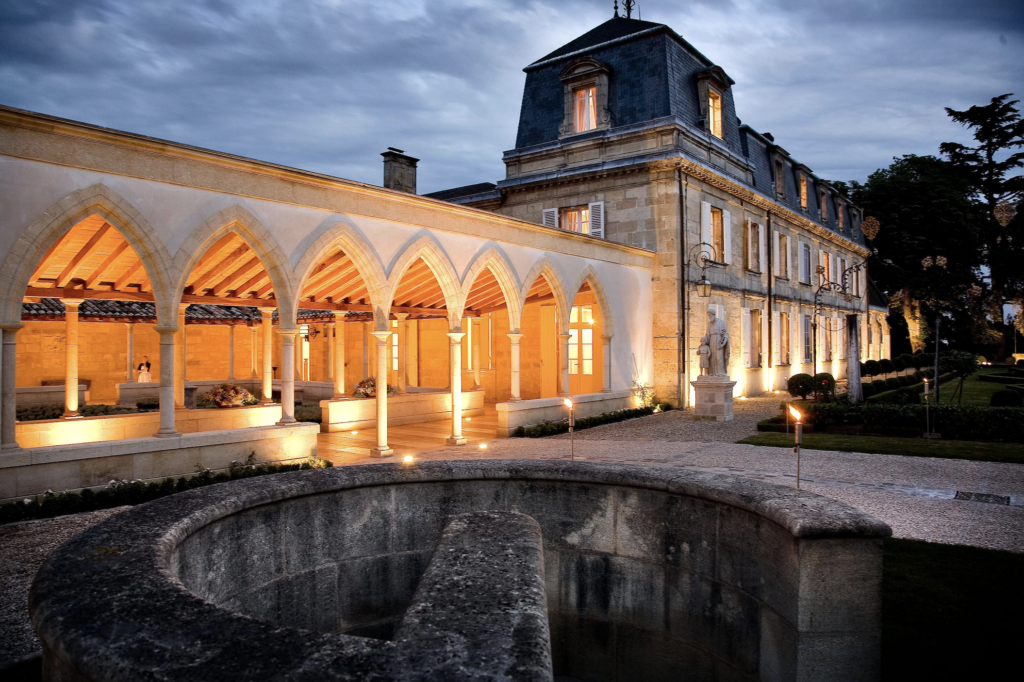 Domaine Clarence Dillon is a French company that owns three Bordeaux wine estates, Château Haut-Brion, Château La Mission Haut- Brion and Château Quintus, as well as Clarence Dillon Wines, a Bordeaux fine wine merchant. It was founded in 1935. The company was named after the American financier Clarence Dillon, who bought Château Haut-Brion in 1935.
Domaine Clarence Dillon is a French company that owns three Bordeaux wine estates, Château Haut-Brion, Château La Mission Haut- Brion and Château Quintus, as well as Clarence Dillon Wines, a Bordeaux fine wine merchant. It was founded in 1935. The company was named after the American financier Clarence Dillon, who bought Château Haut-Brion in 1935.

Owner of fifteen estates situated in the prestigious terroirs of the Languedoc Roussillon, Gérard Bertrand brings out the potential of the grapes to produce premium wines. His innovation, determination, and loyalty towards his birthplace region are internationally recognized by wine professionals.
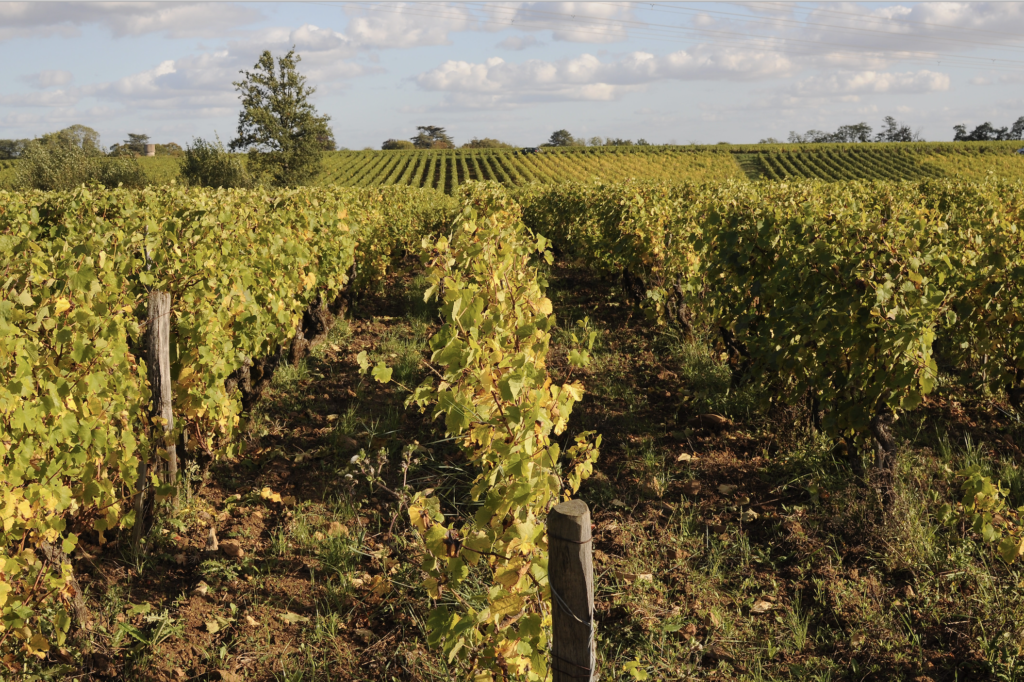
Perhaps the single fairly important producer in Vouvray, Huet has been producing some of the world’s premium Chenin Blanc since 1928.
From dry to sweet the wines of Huet provide the benchmark for Vouvray.
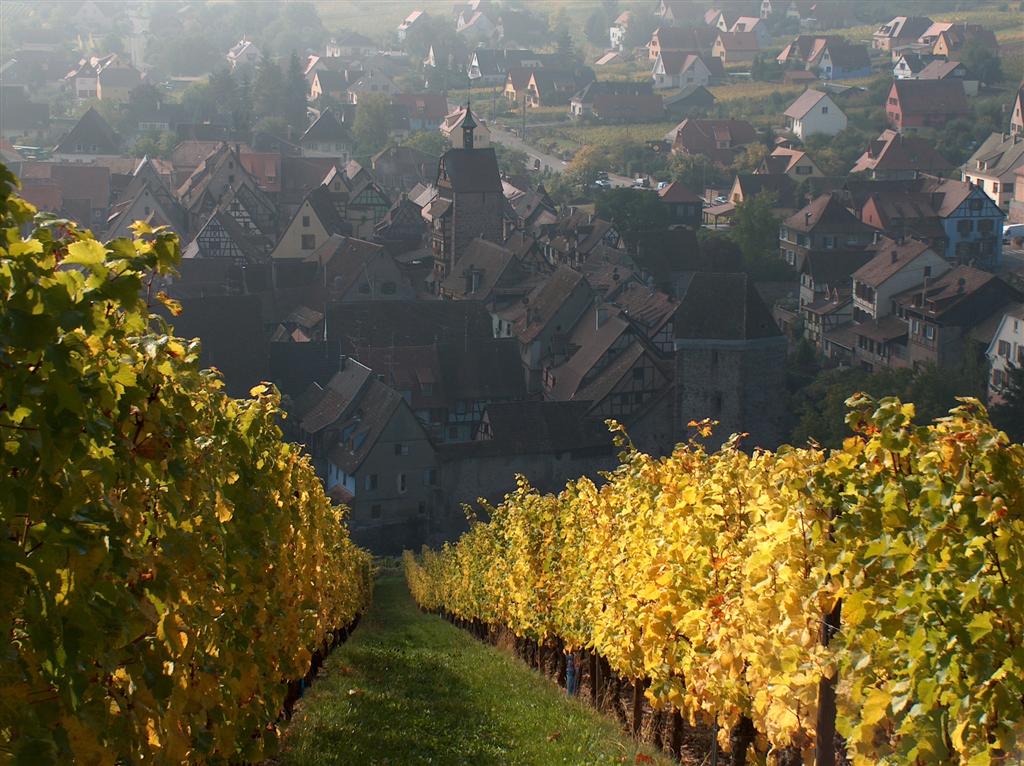
Since 1639 Famille Hugel, founded by Hans Ulrich Hugel, gained an enviable reputation for their winegrowing skills, quality and traditions. This 300 years old winery, thanks to the legendary Frédéric Emile Hugel, proved to be one of the fine pillars of fine wines production in Alsace, located in the core of Riquewihr, devoting their entire lives to the promotion of high-quality wines from noble grape varieties. His sons Mark and Jean-Frédéric Hugel through perseverance and hard work are contributing to the success of Famille Hugel’s wines, with a merited a place among the fine wines in the world.
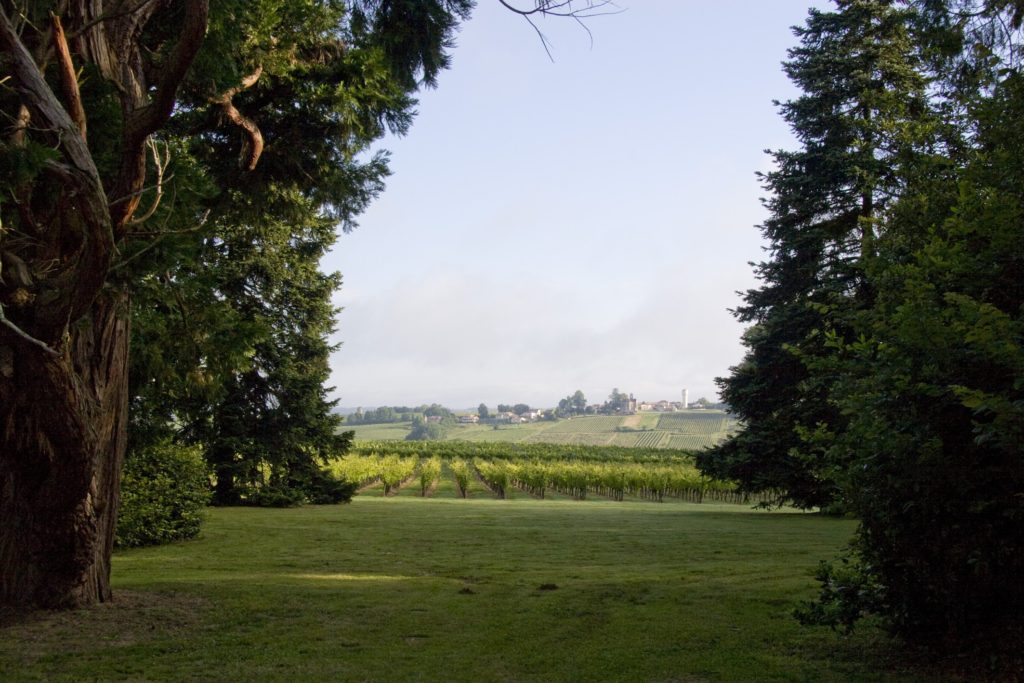
Kressmann is one of the historic brands of Bordeaux wine, founded in 1871, and is now sold in many countries worldwide.
Kressmann Monopole remains today the key brand of the company and a benchmark in branded Bordeaux wine. Far from being a trend or a fad, Kressman Monopole has been enjoyed by wine lovers in venues around the world for over one hundred years.
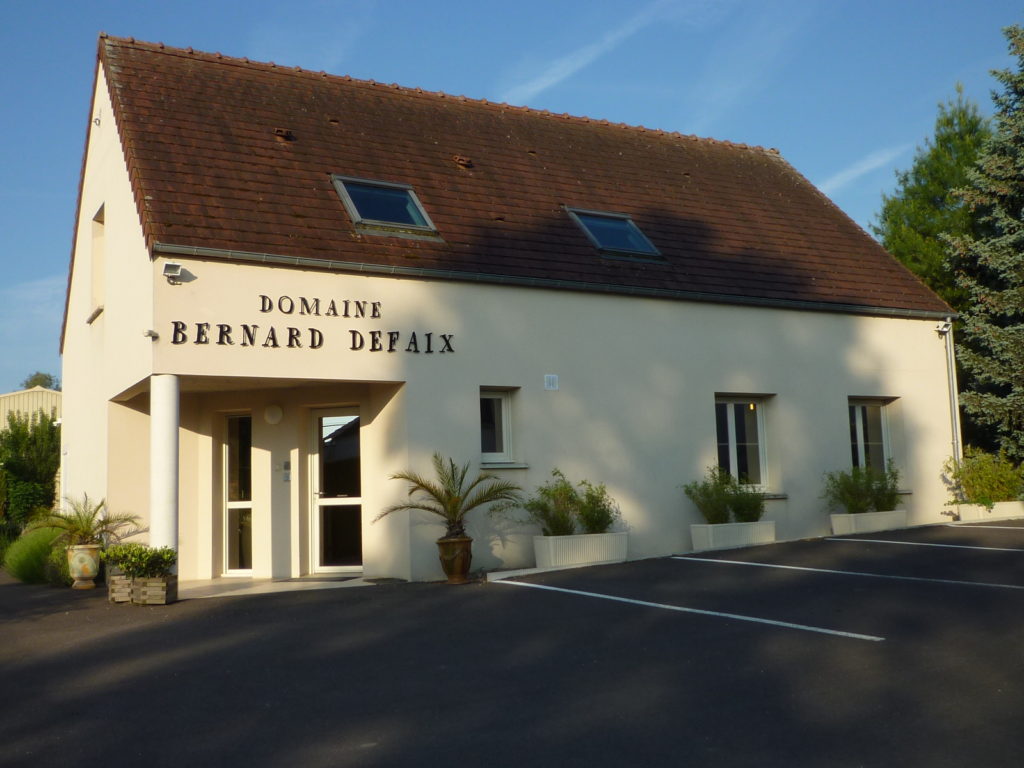 Domaine Bernard Defaix, located in Chablis, is run by husband and wife team Didier and Hélène Defaix. Didier is the 5th generation of grape growers in Chablis with 27 hectares of vineyards. The wines labelled Domaine Bernard Defaix come from their own vineyards practicing sustainable viticulture with no use of herbicides or pesticides, whereas the Bernard Defaix wines are made from grapes bought from long term growers.
Domaine Bernard Defaix, located in Chablis, is run by husband and wife team Didier and Hélène Defaix. Didier is the 5th generation of grape growers in Chablis with 27 hectares of vineyards. The wines labelled Domaine Bernard Defaix come from their own vineyards practicing sustainable viticulture with no use of herbicides or pesticides, whereas the Bernard Defaix wines are made from grapes bought from long term growers.
We believe that Bernard Defaix wines offer incredible value by delivering the precision and elegance of Chablis balance by upfront citrus fruit. These wines are well made by a passionate family producer and we are pleased to be adding them to our list.


